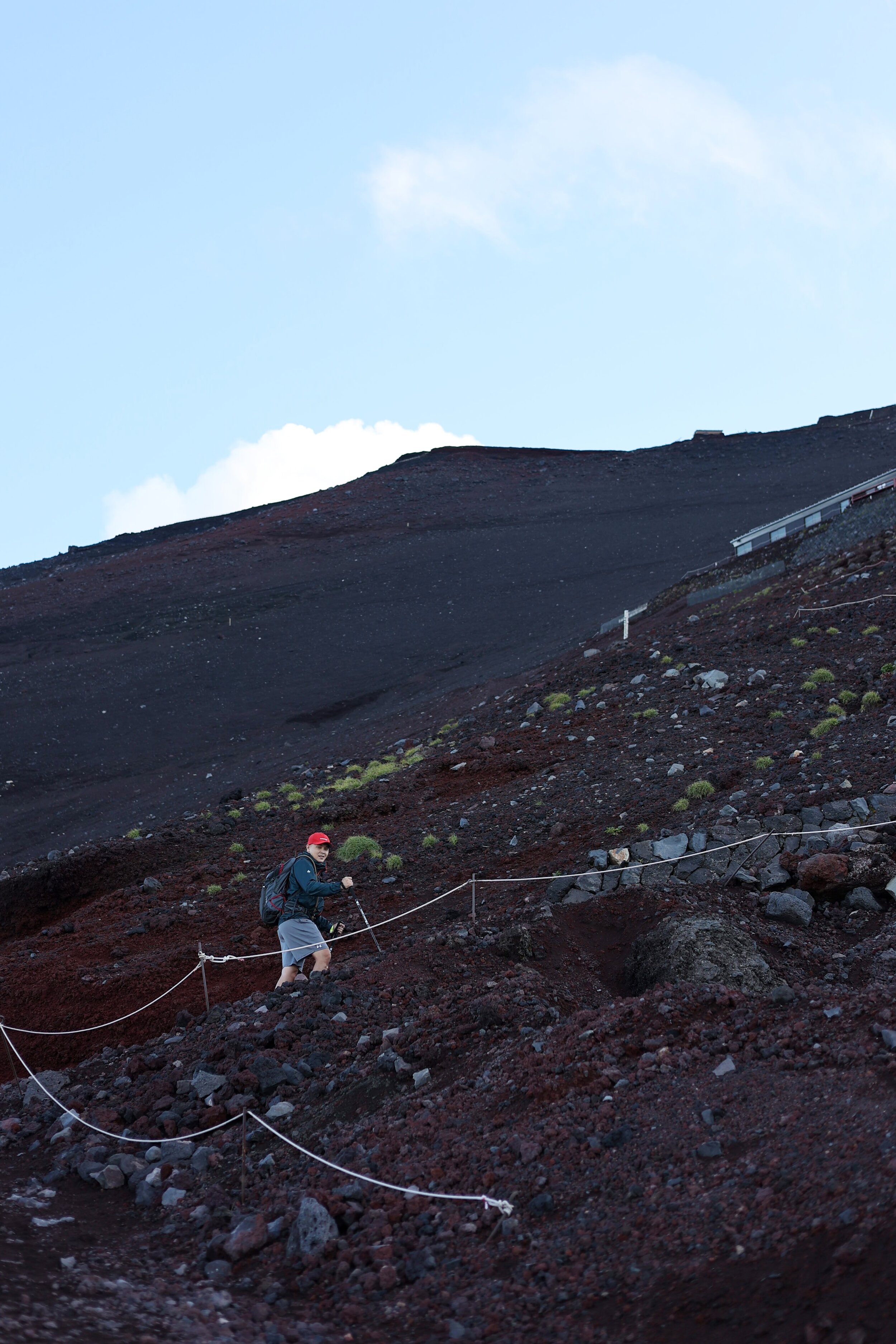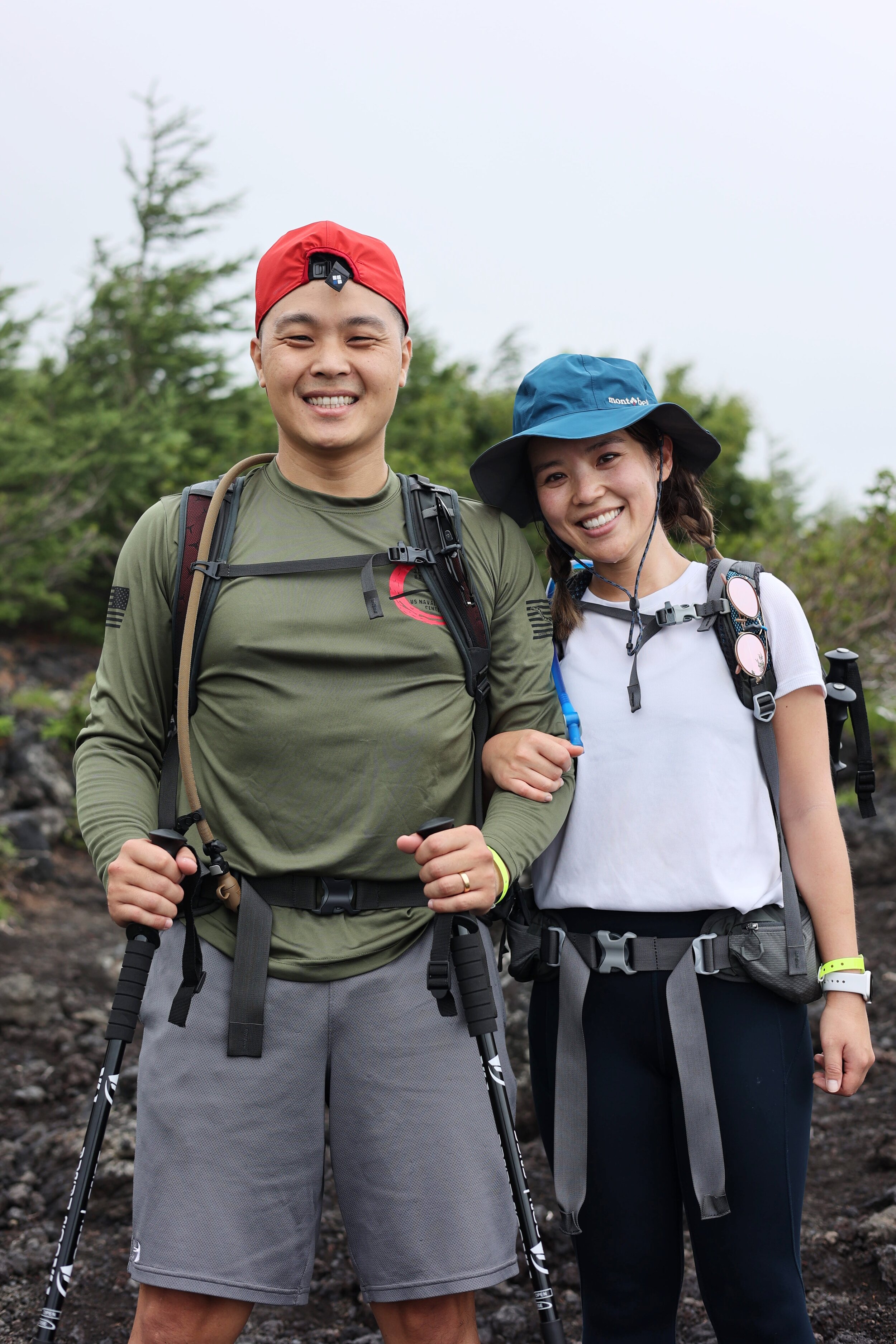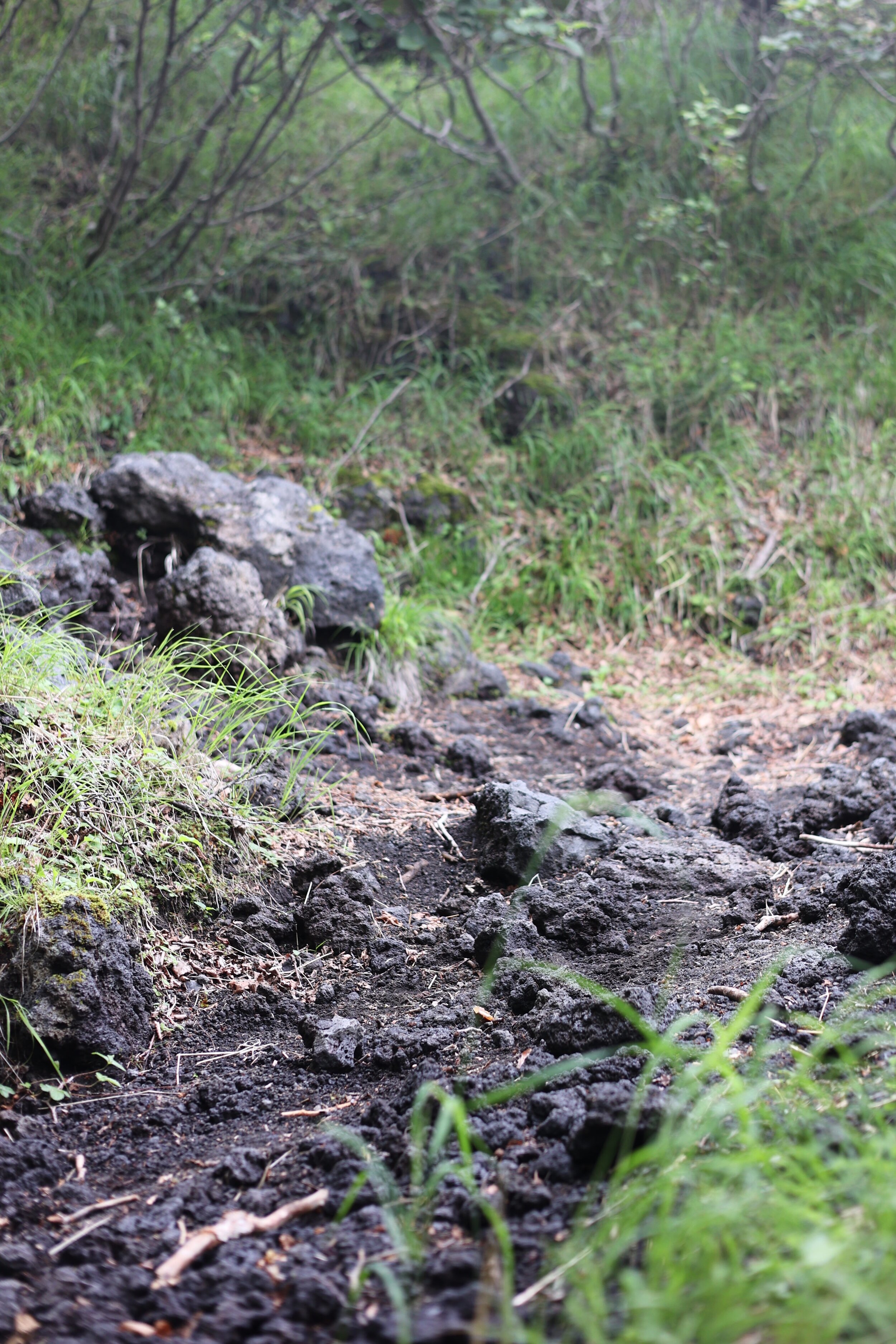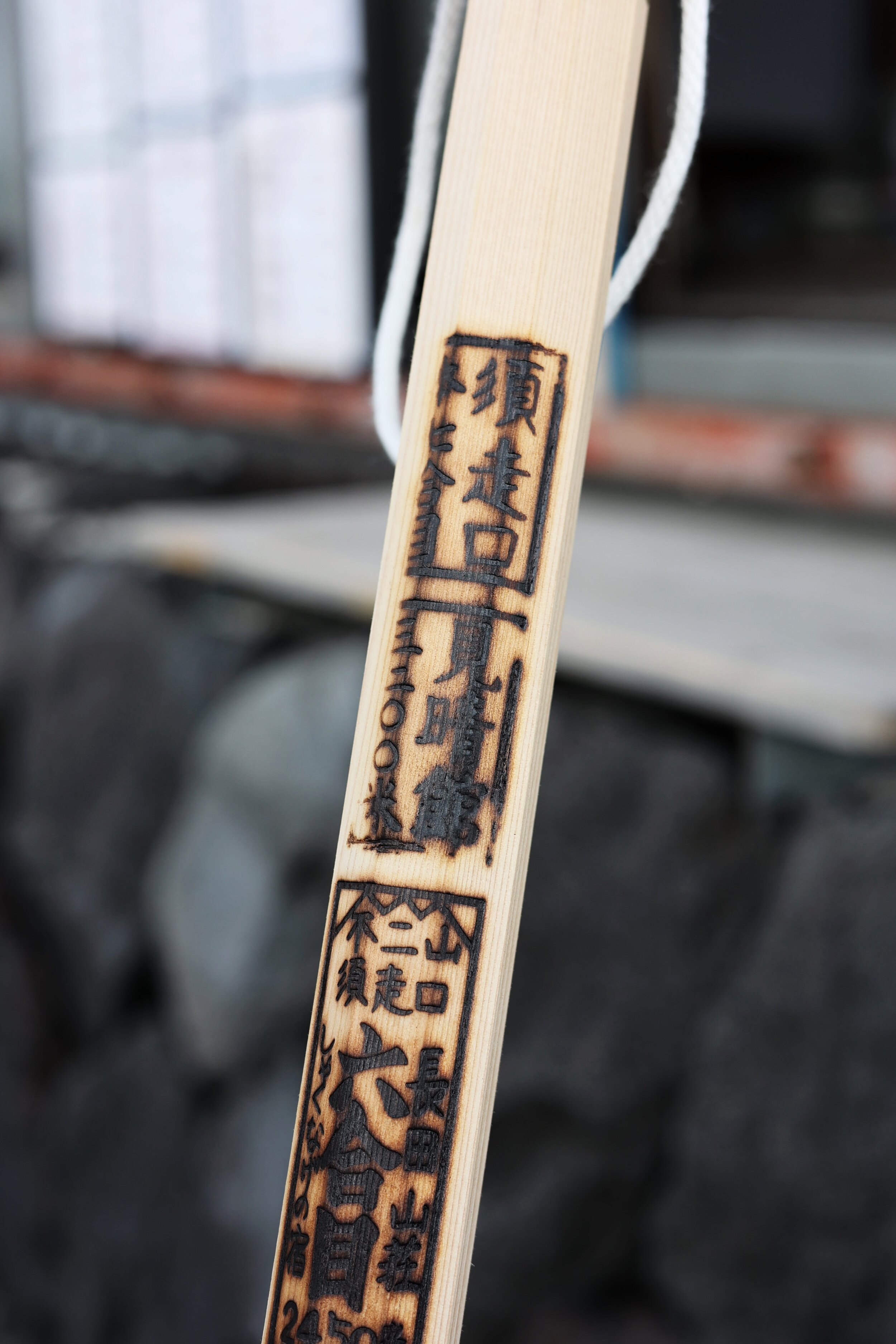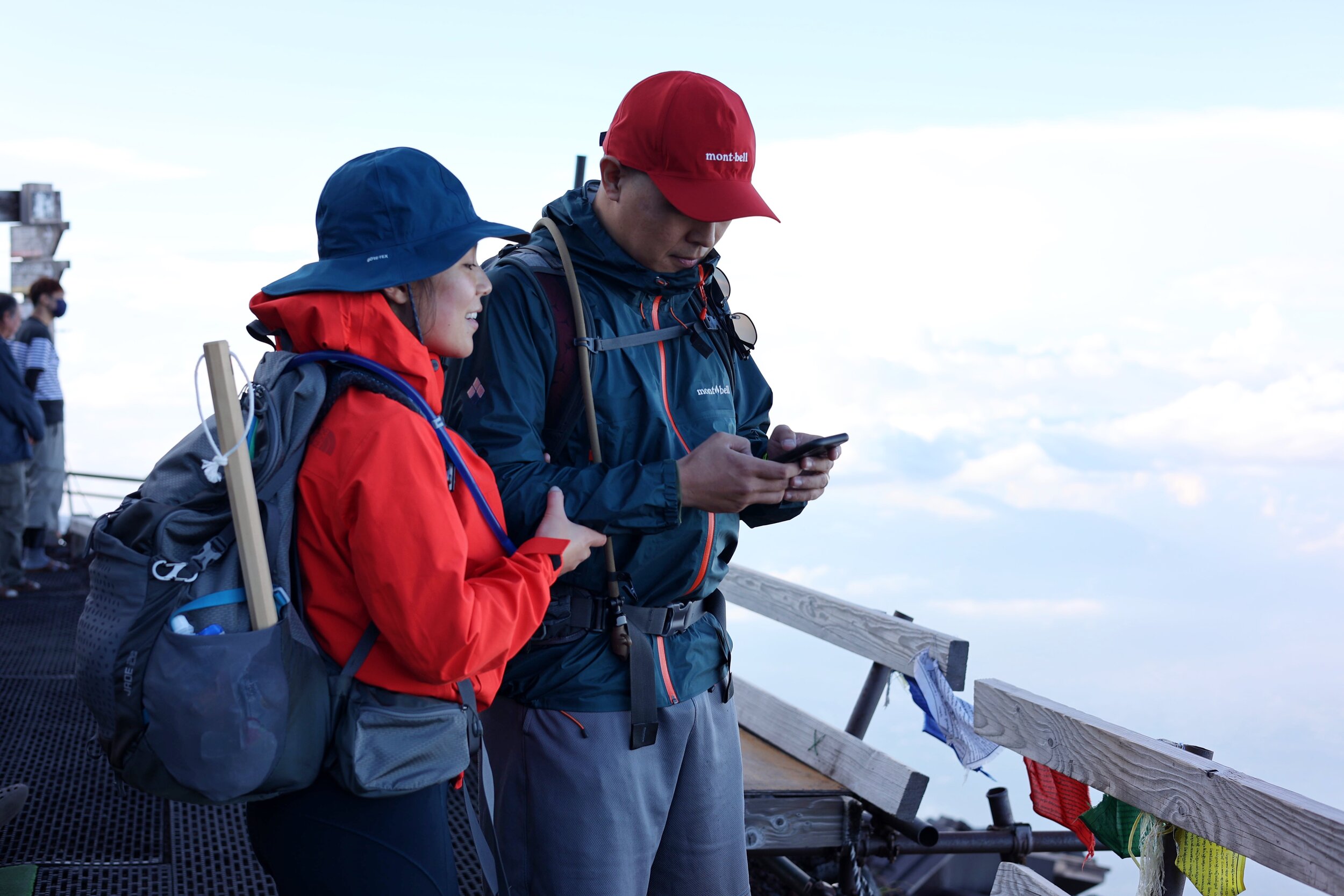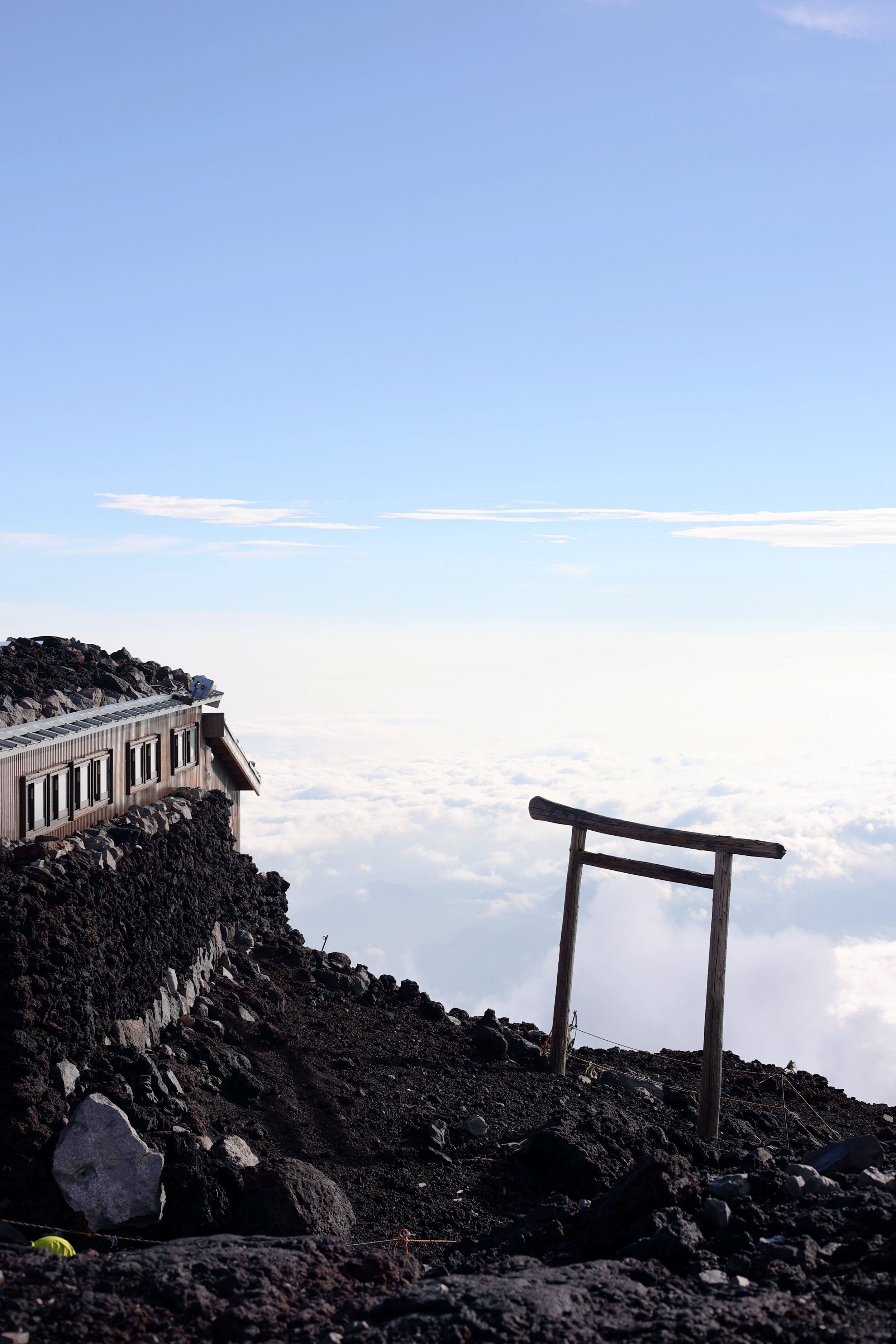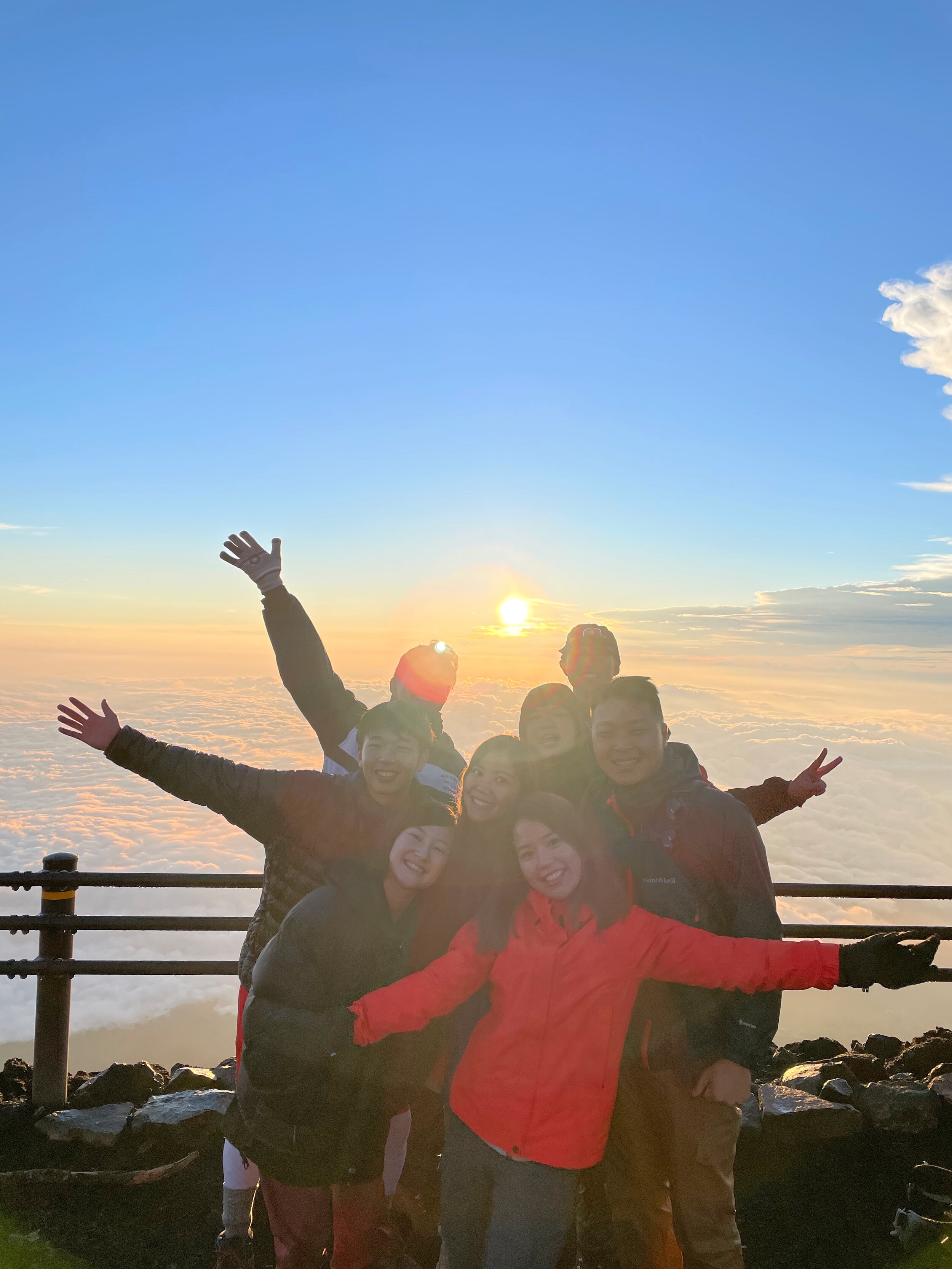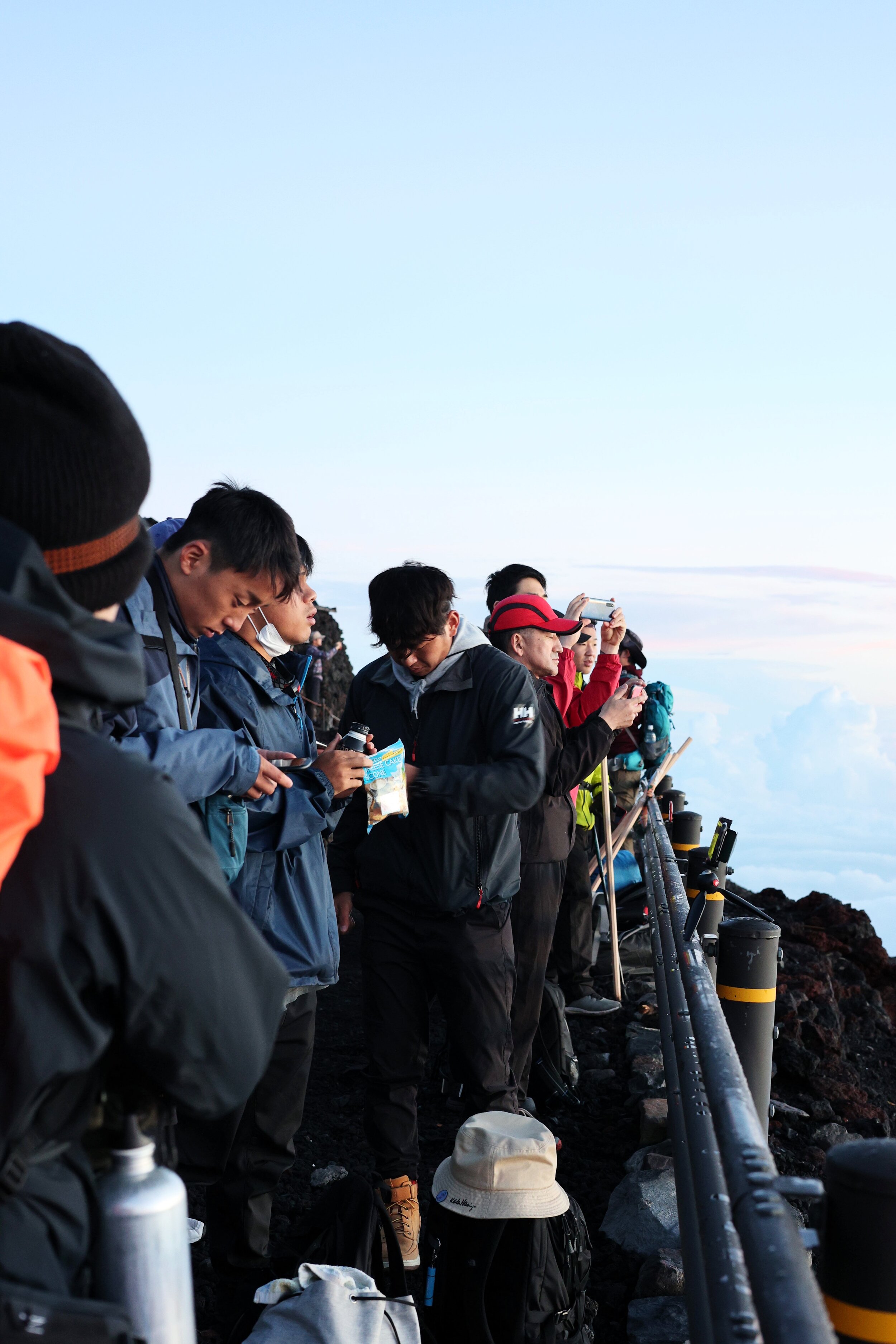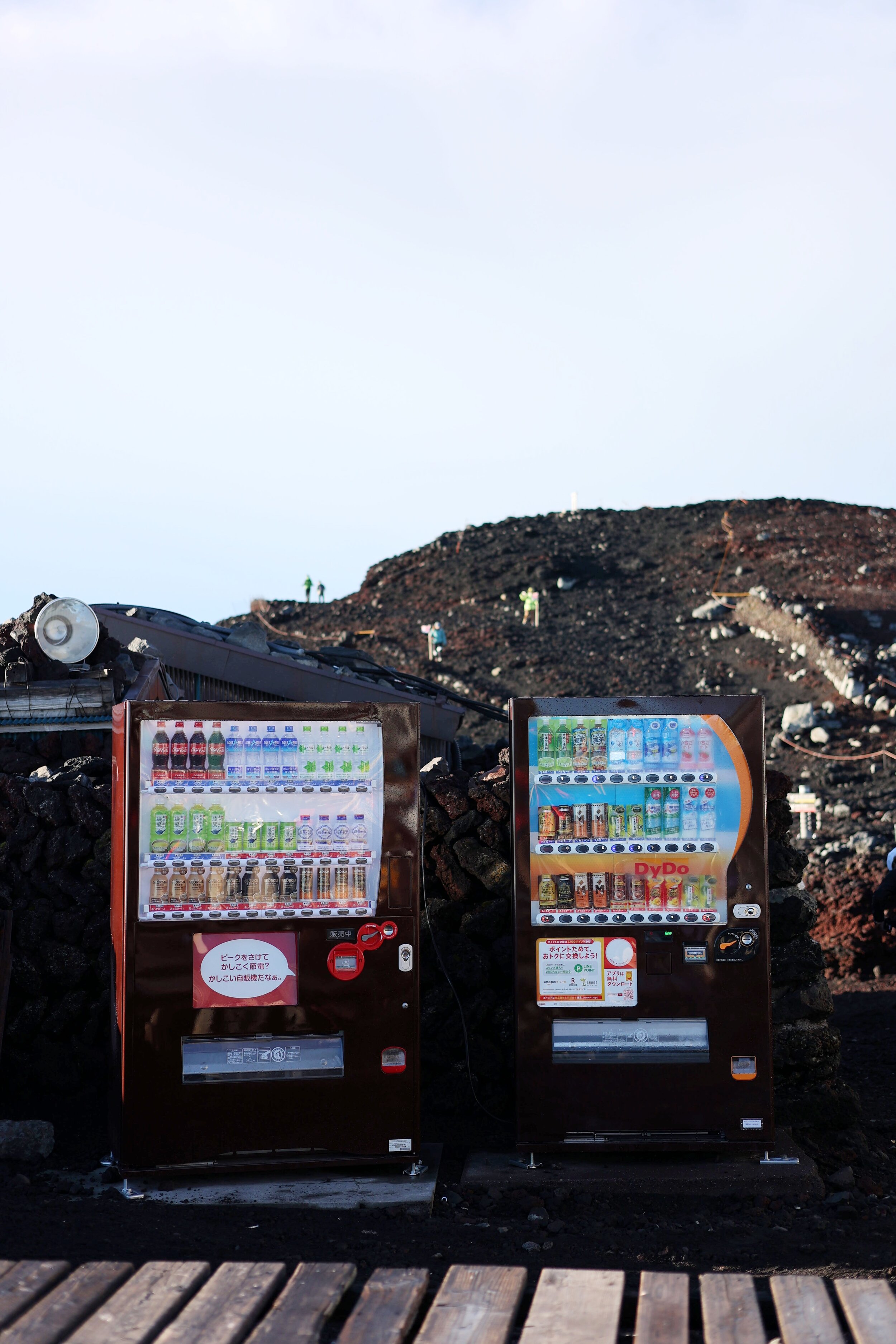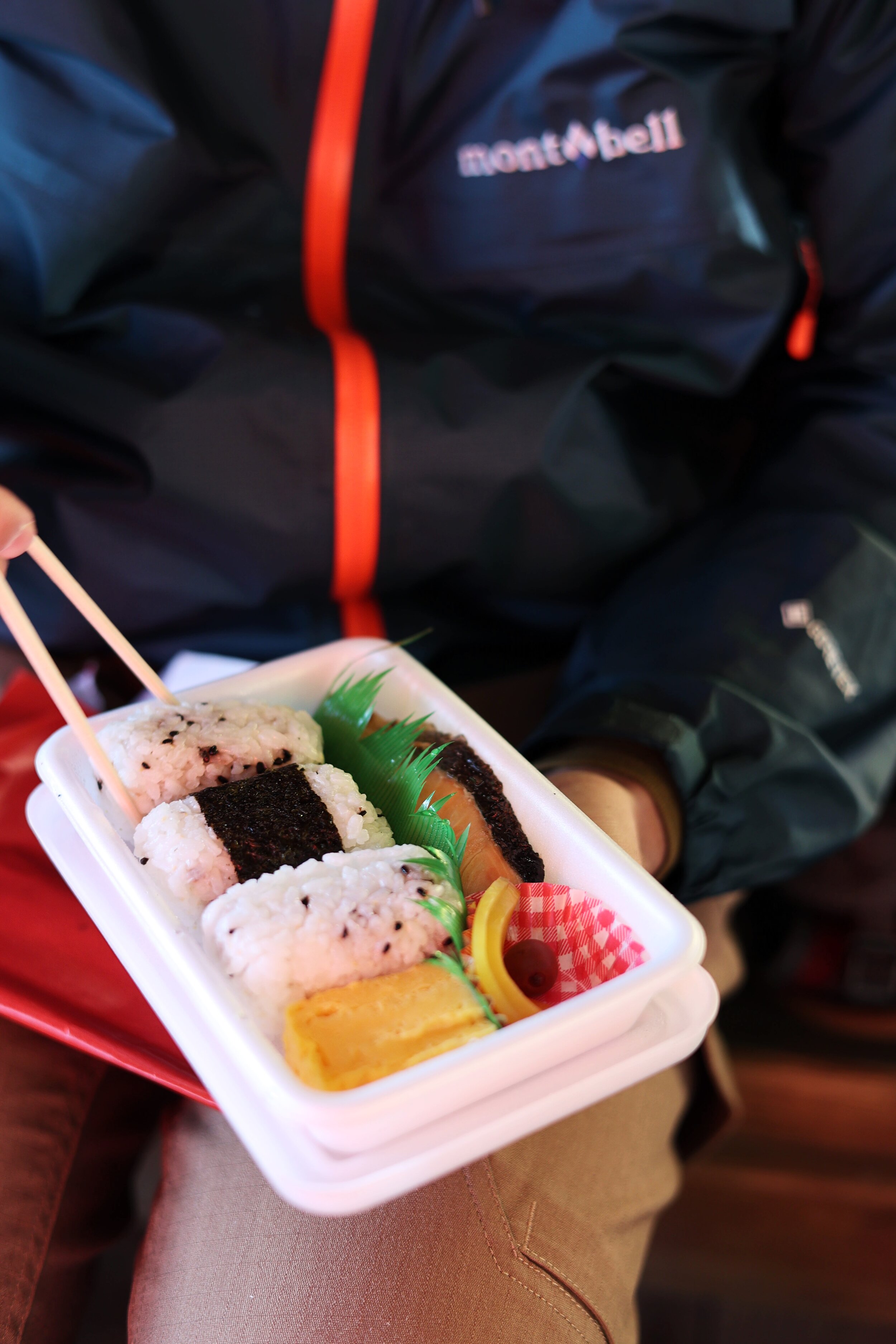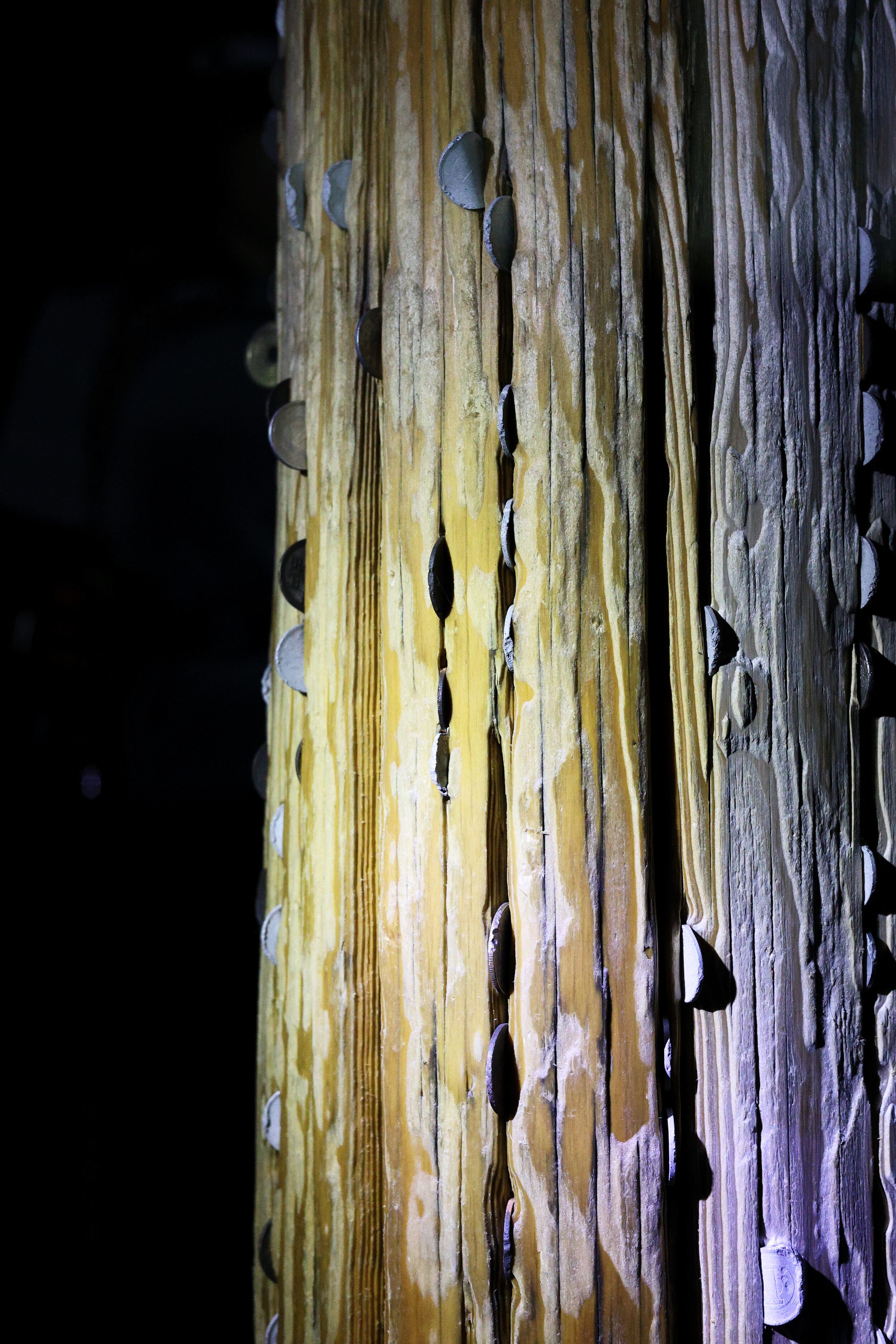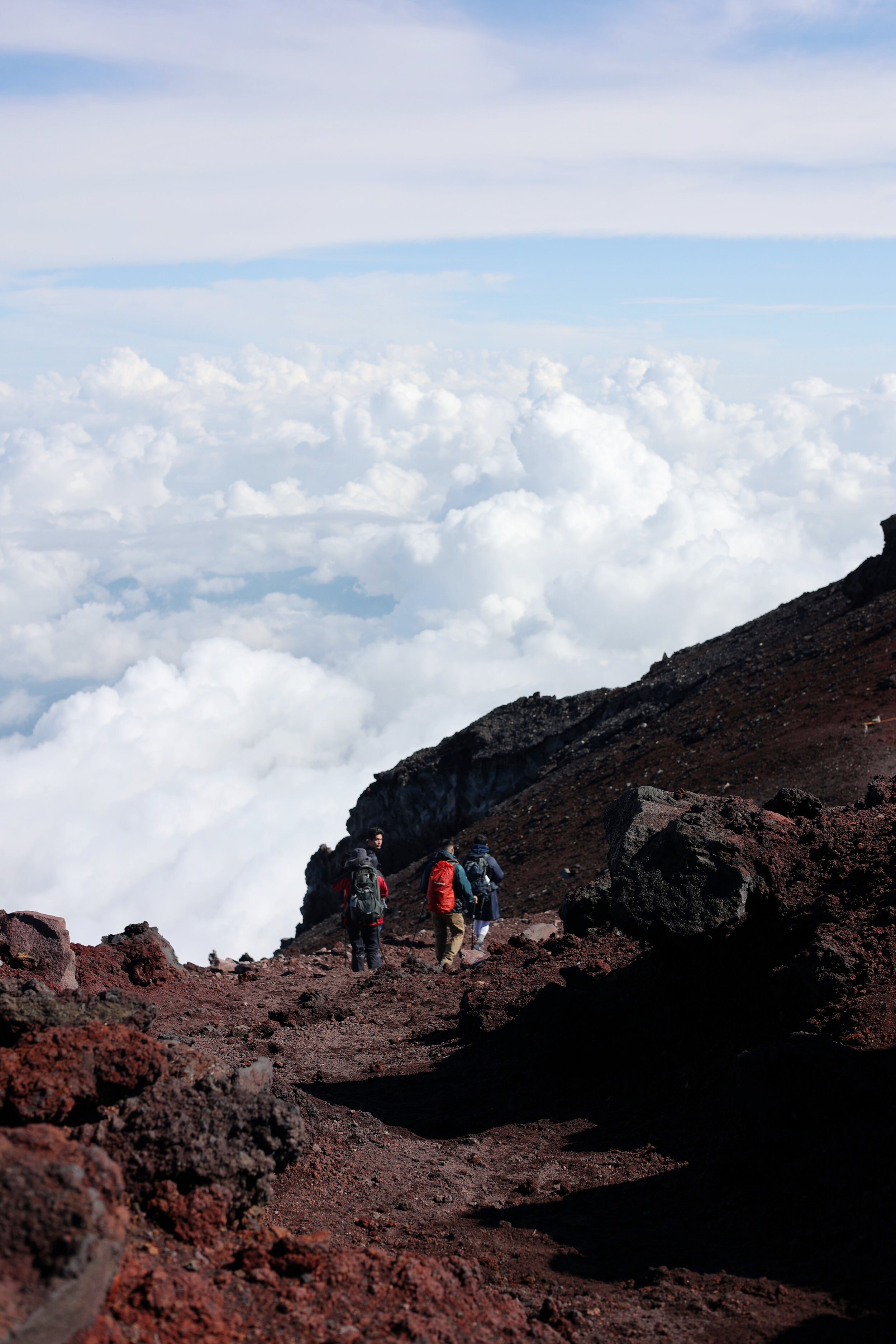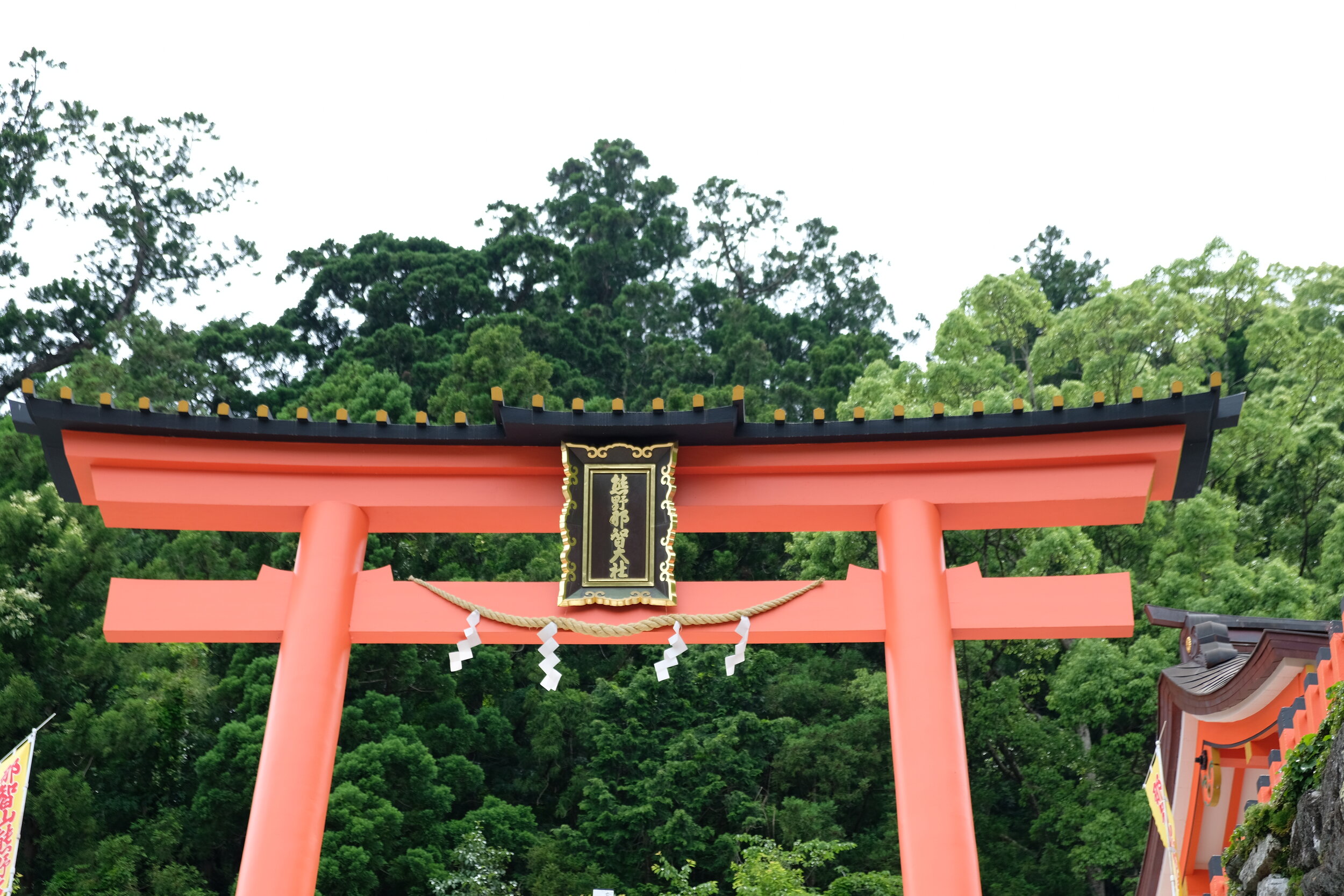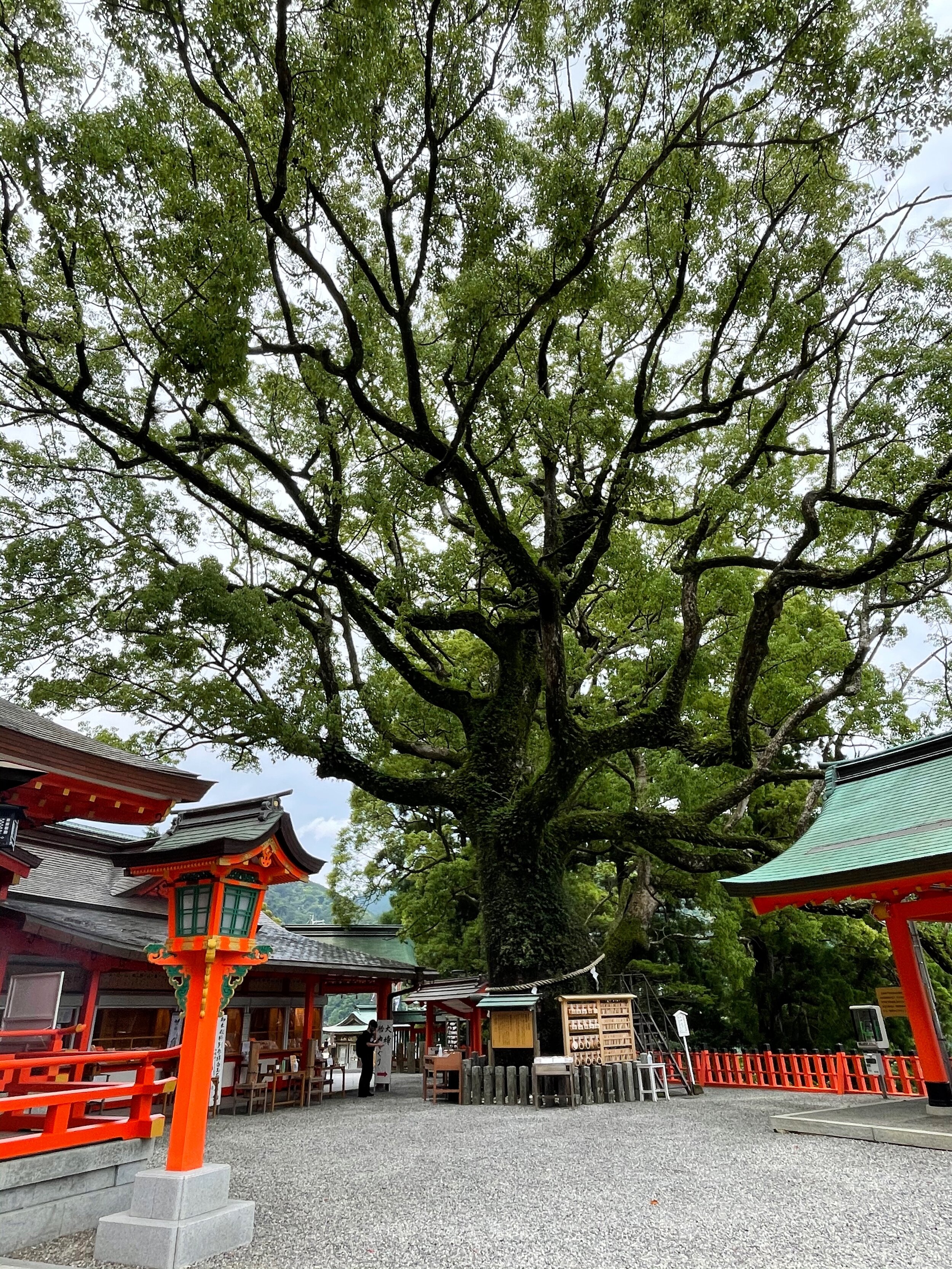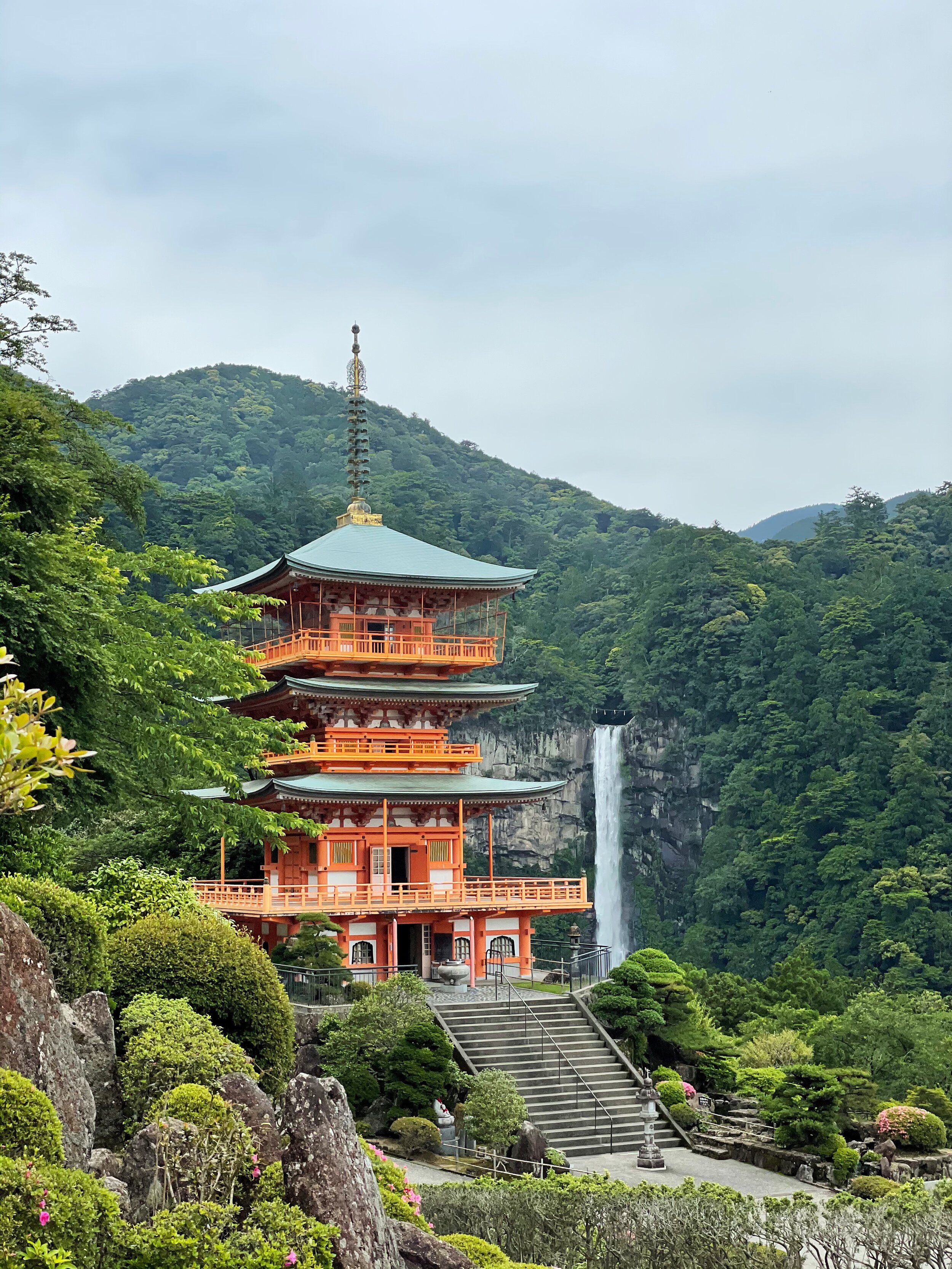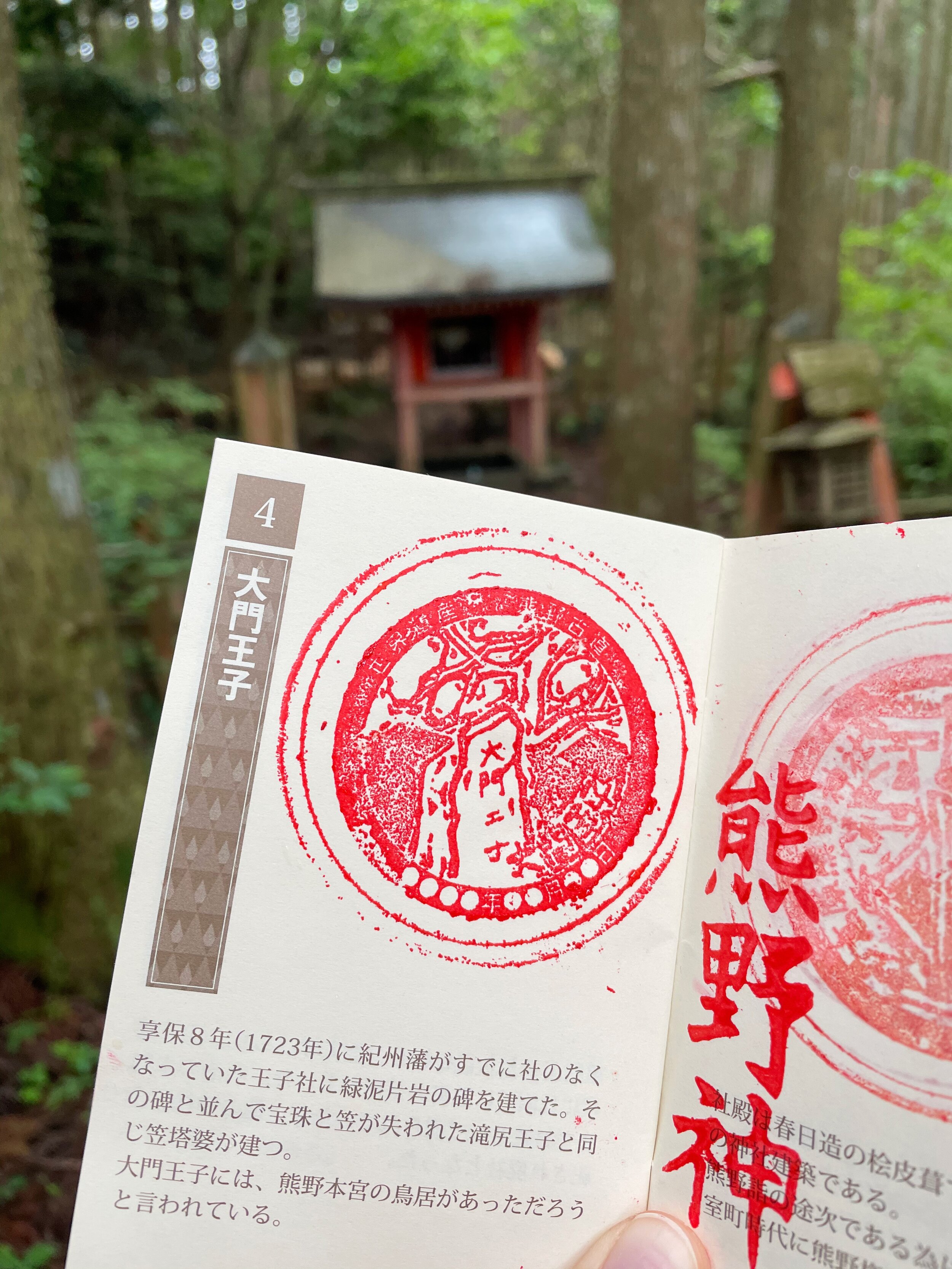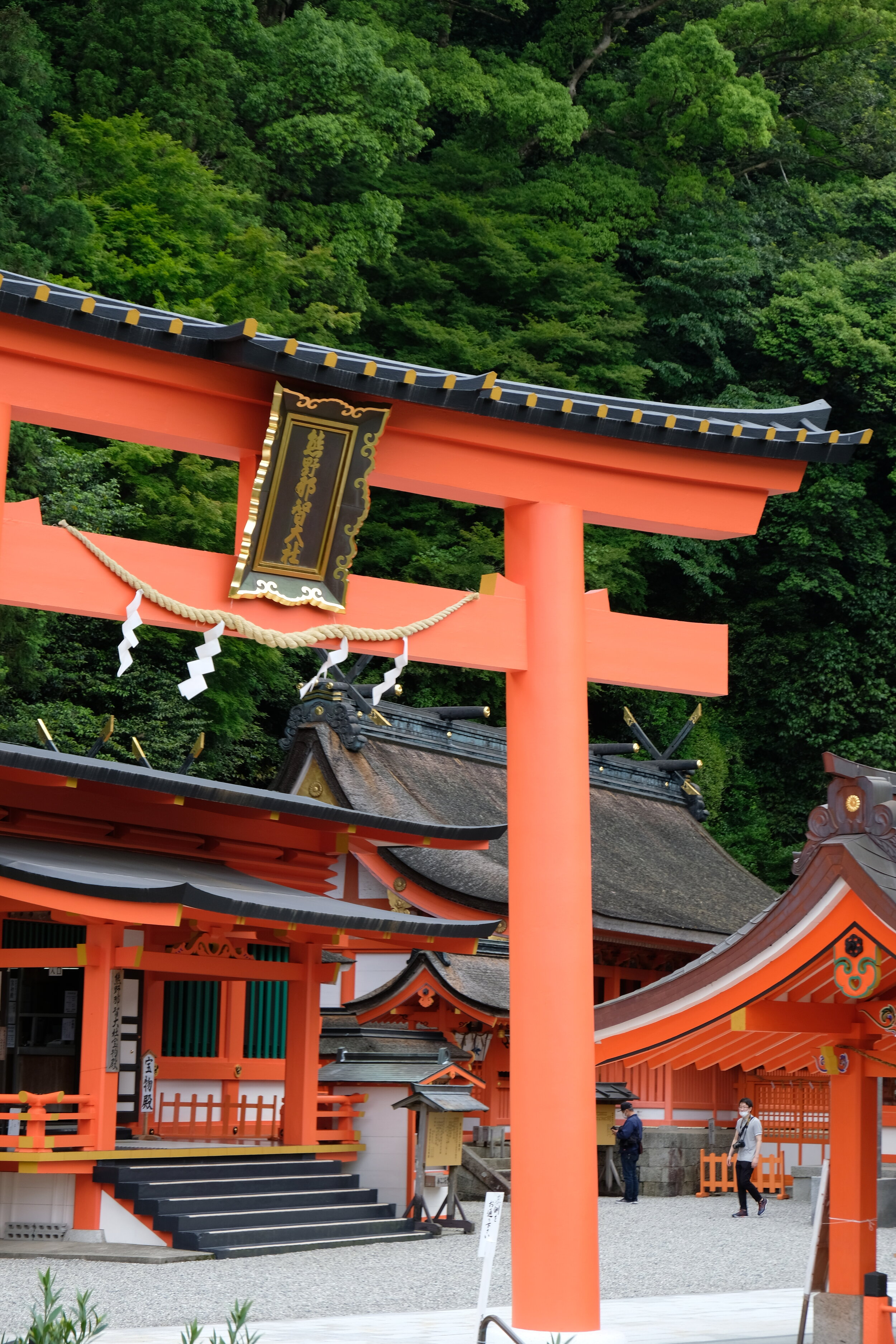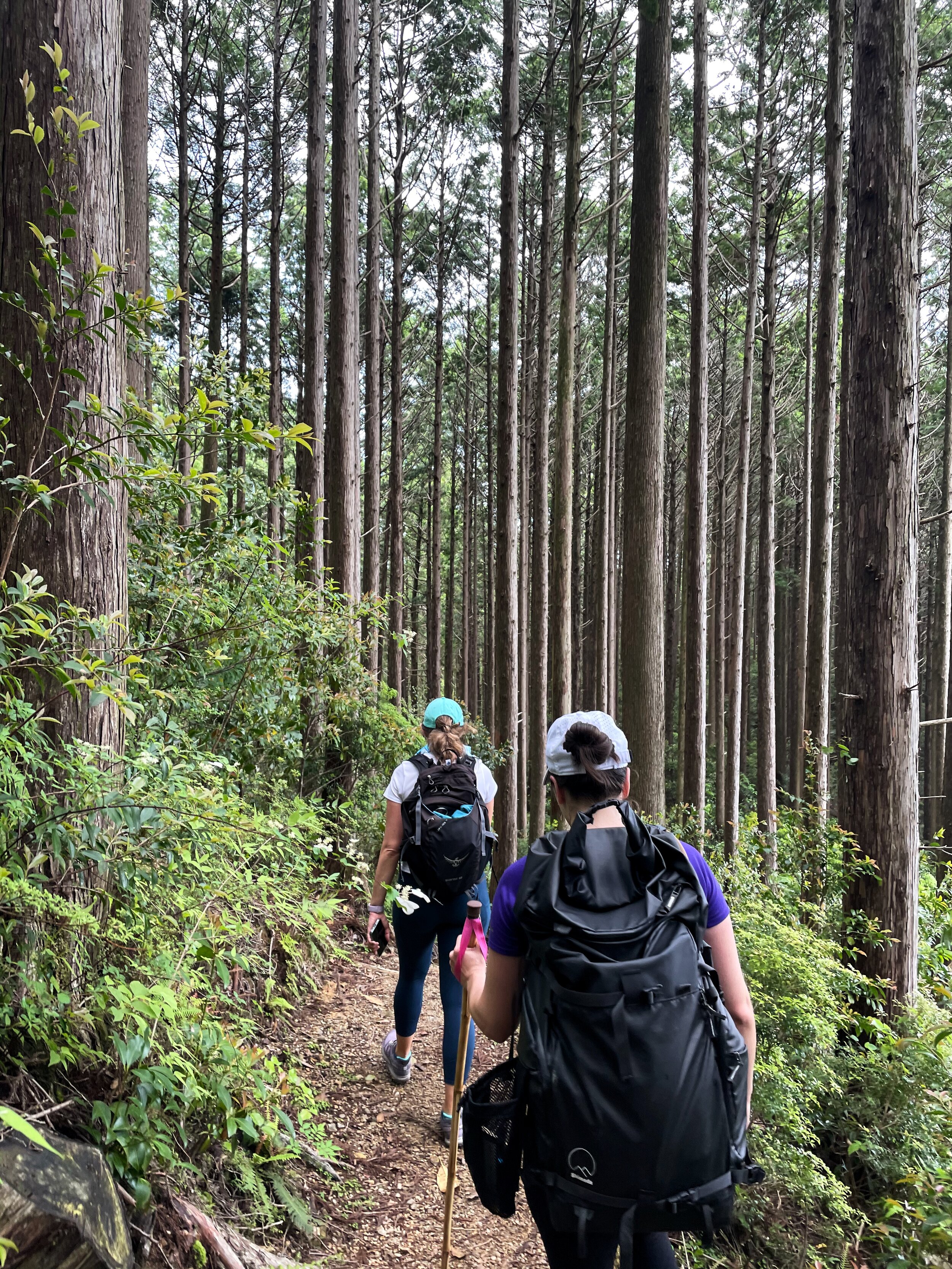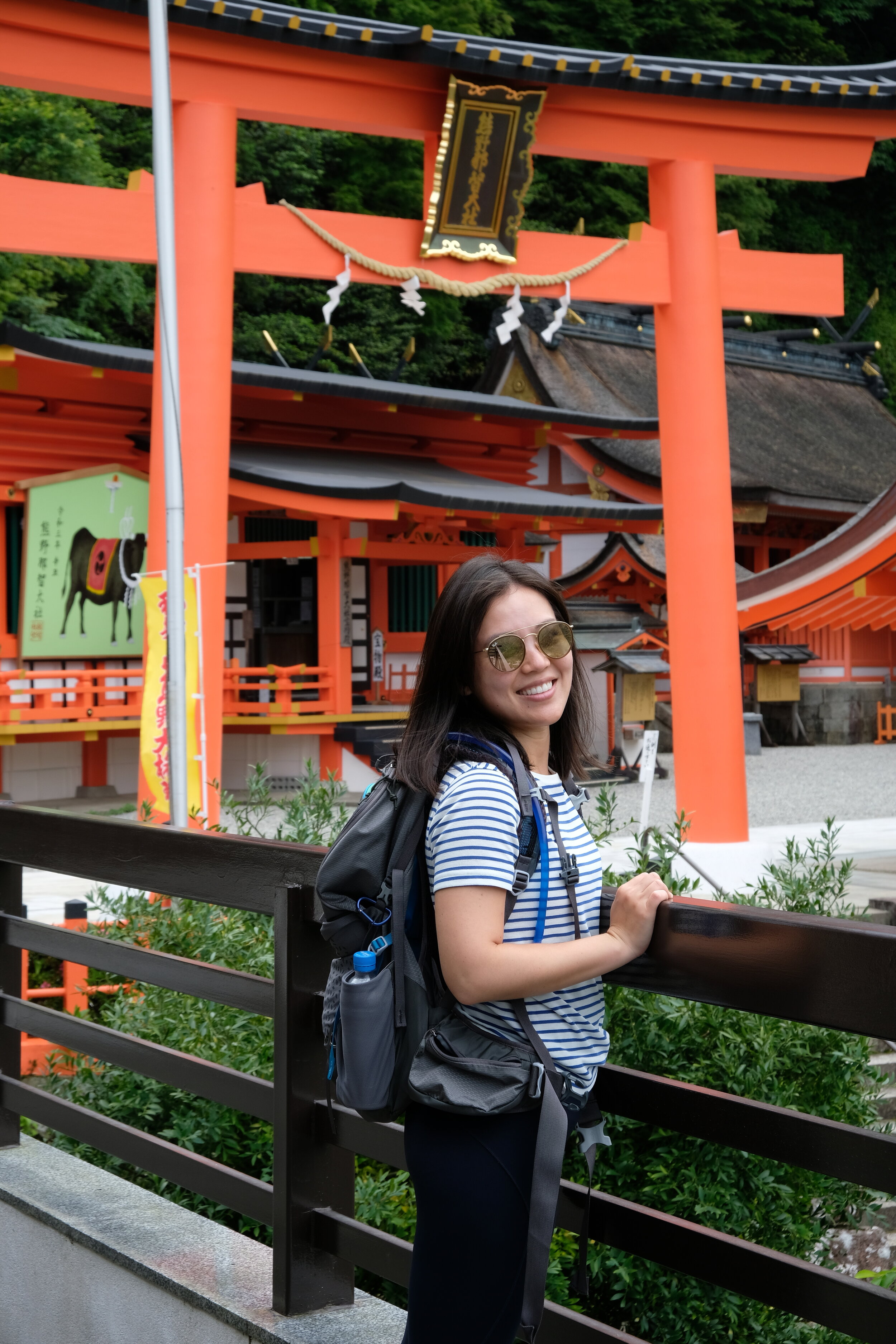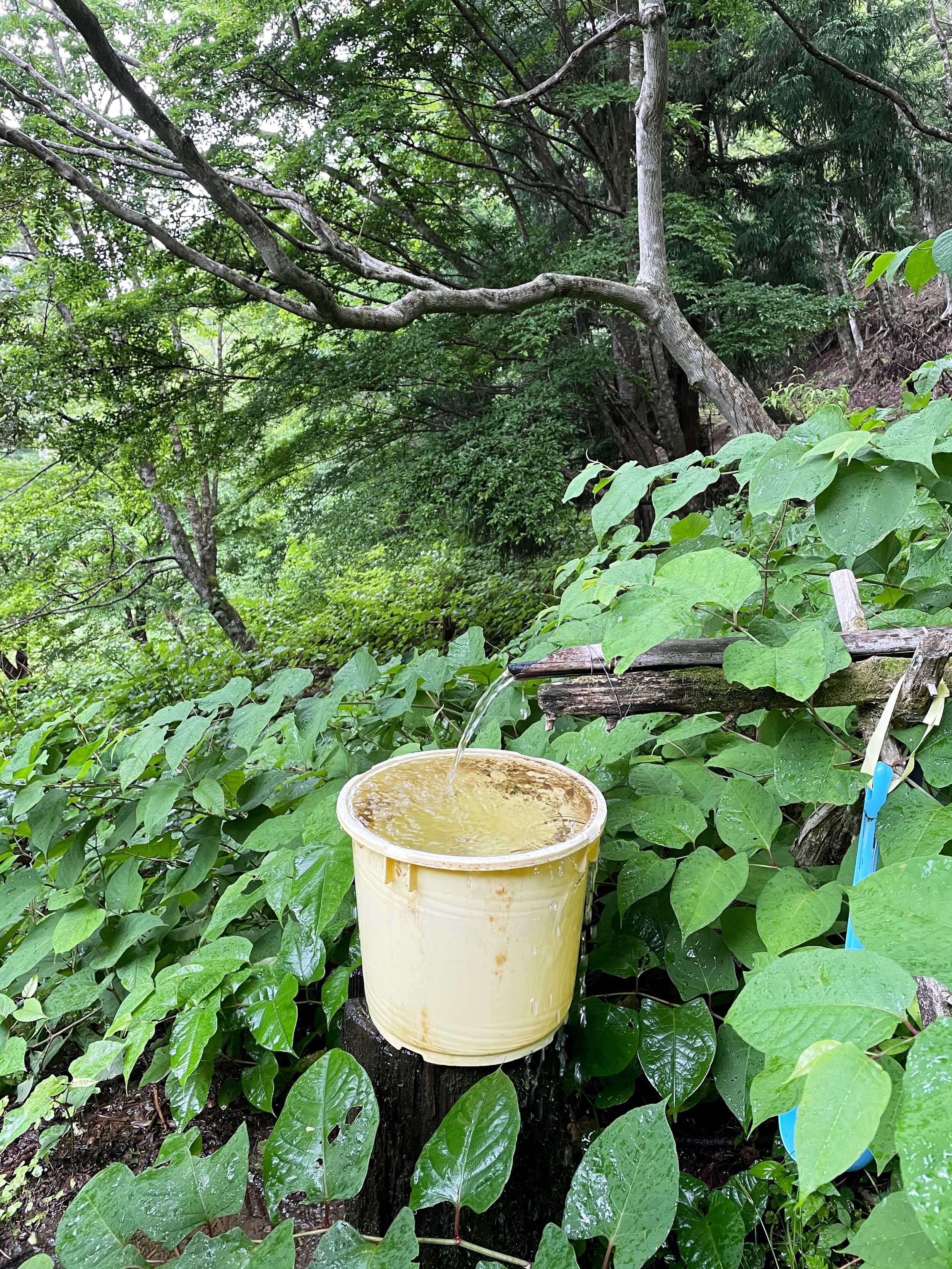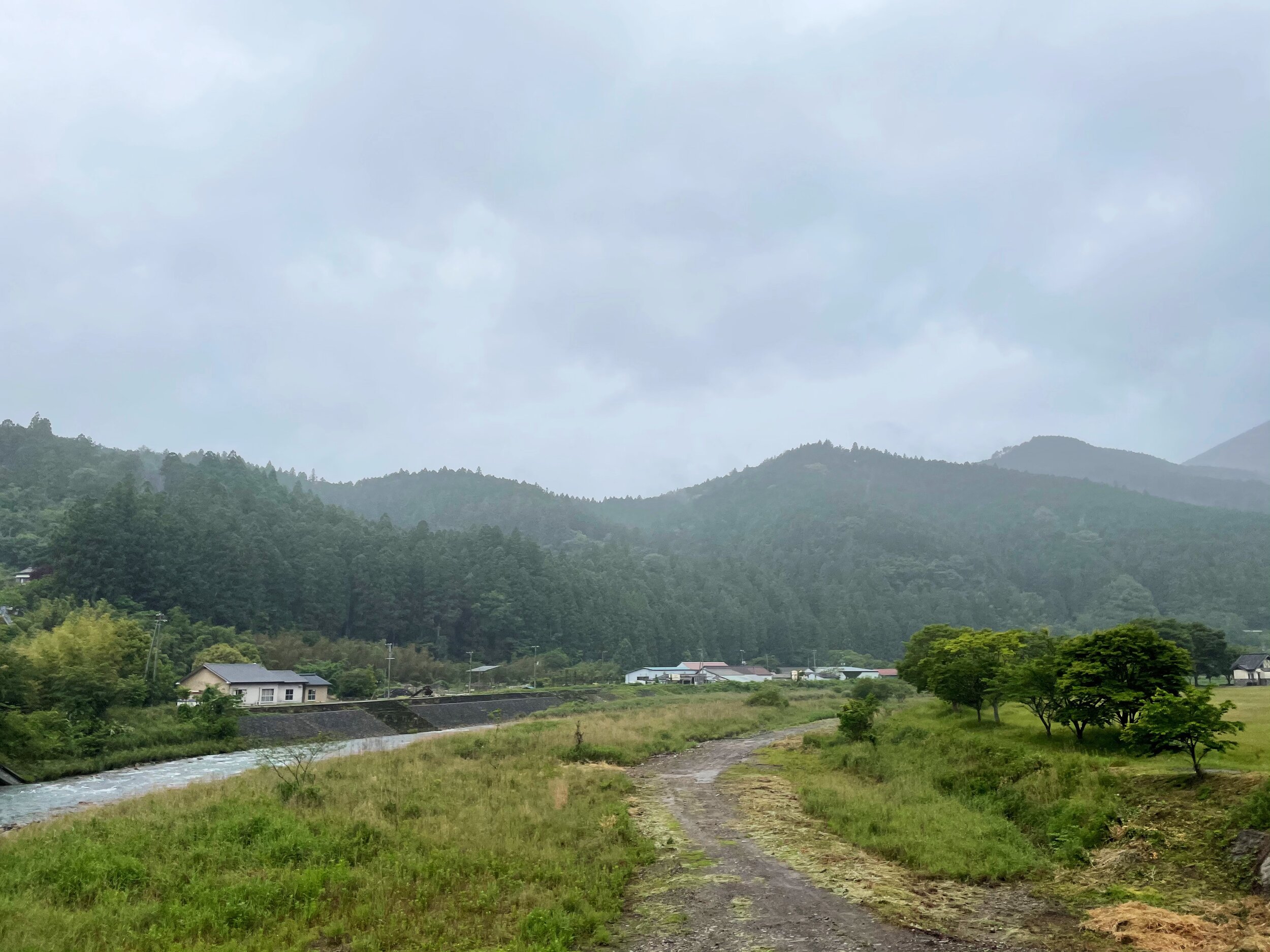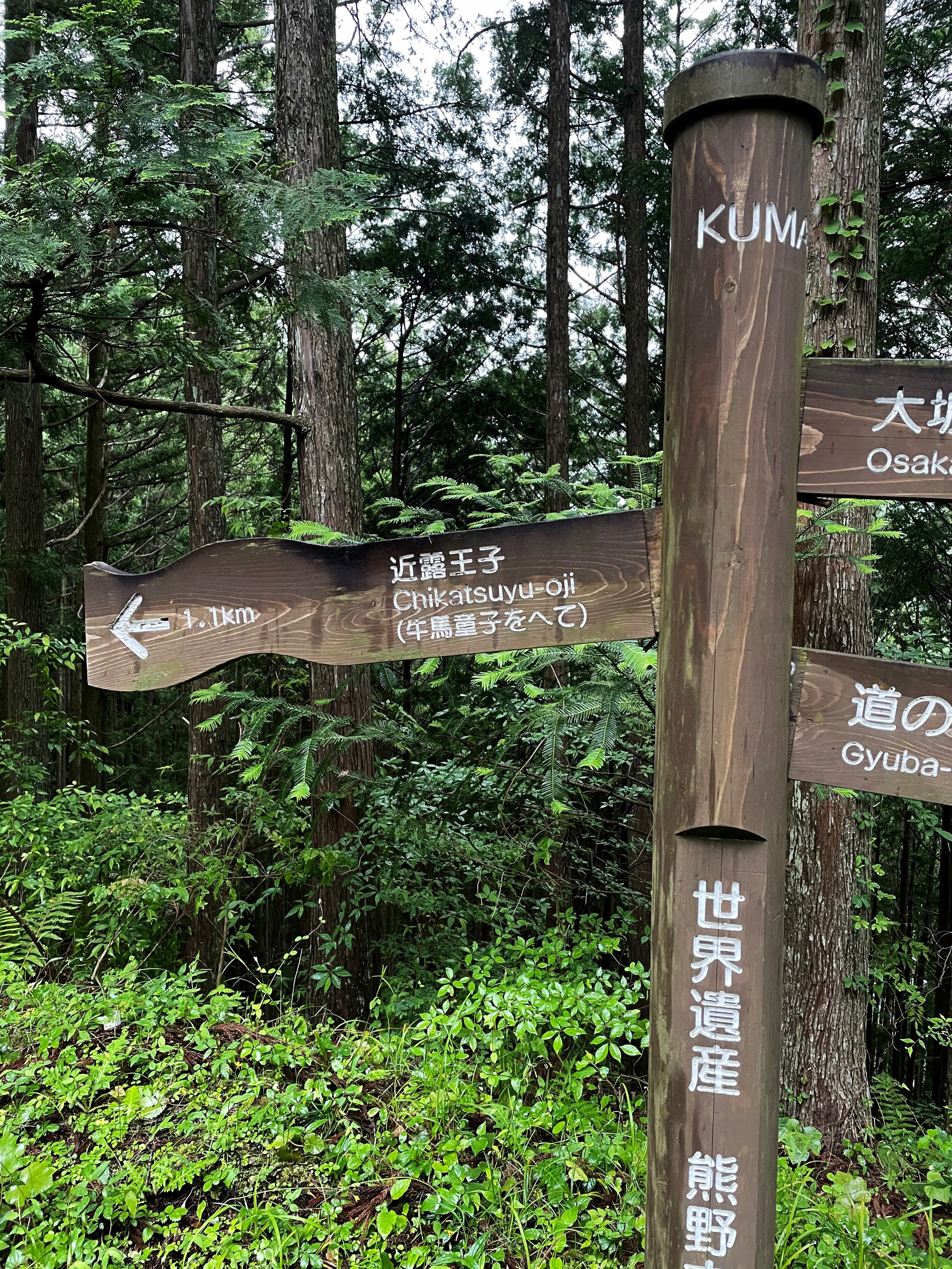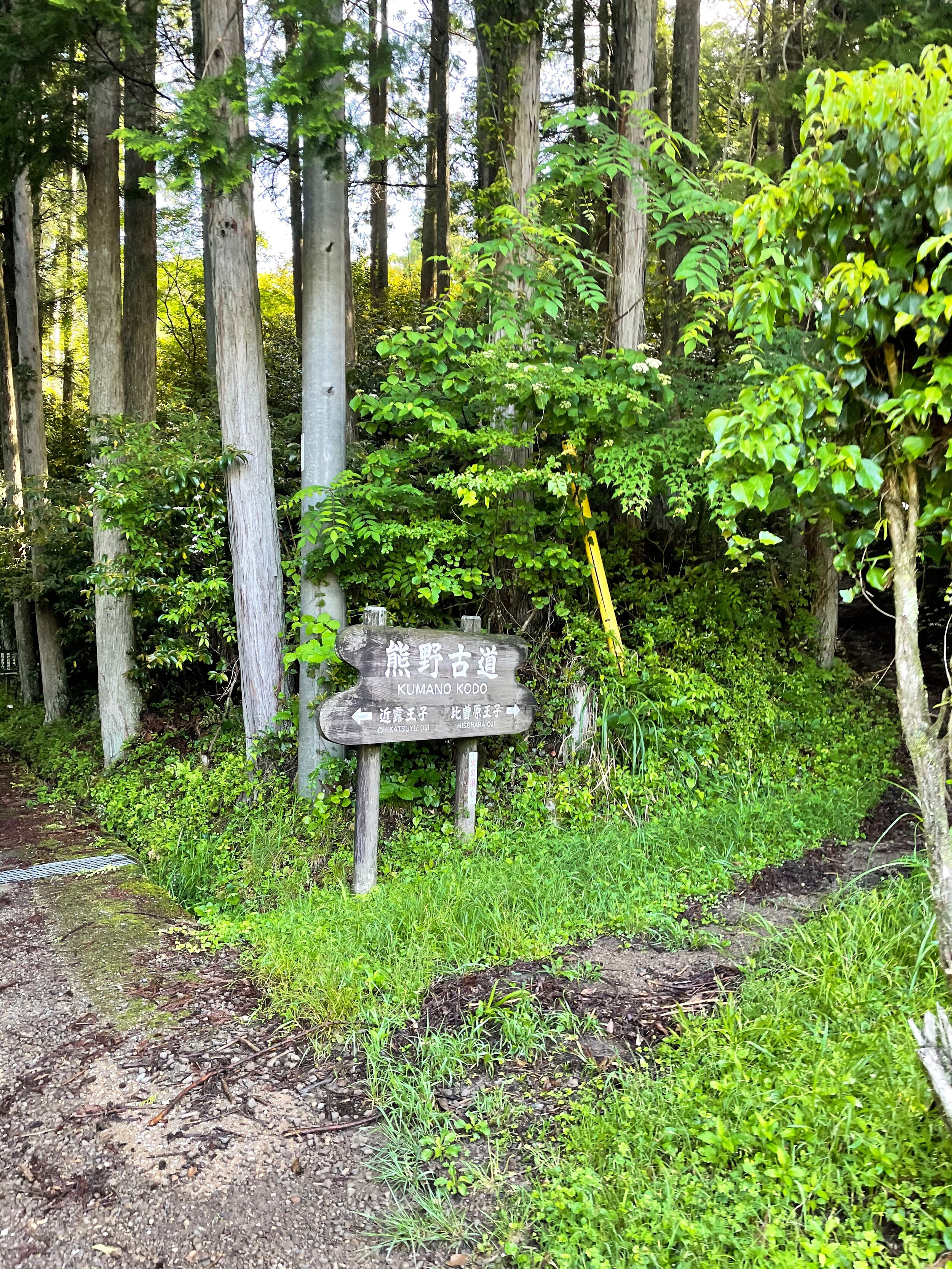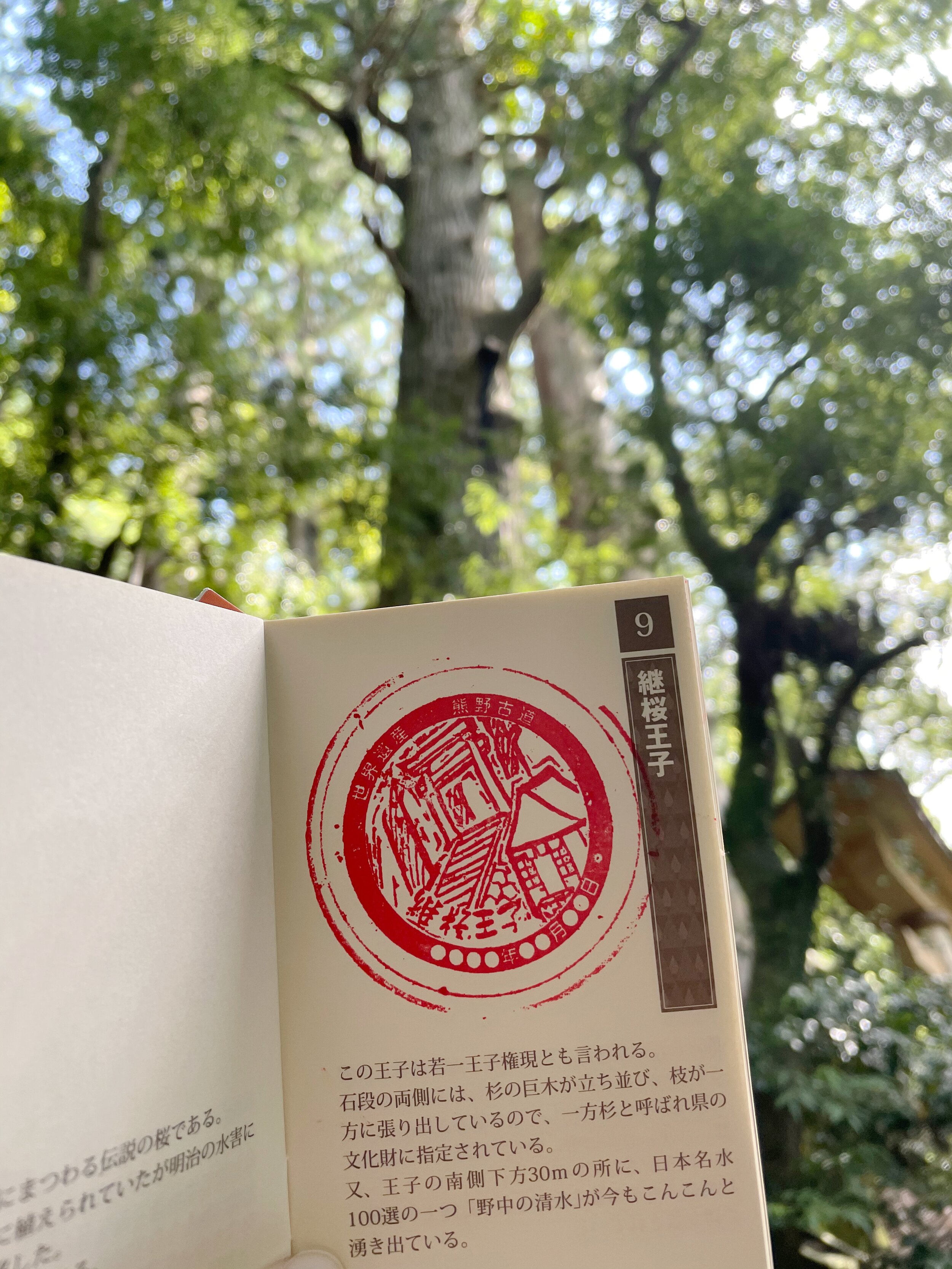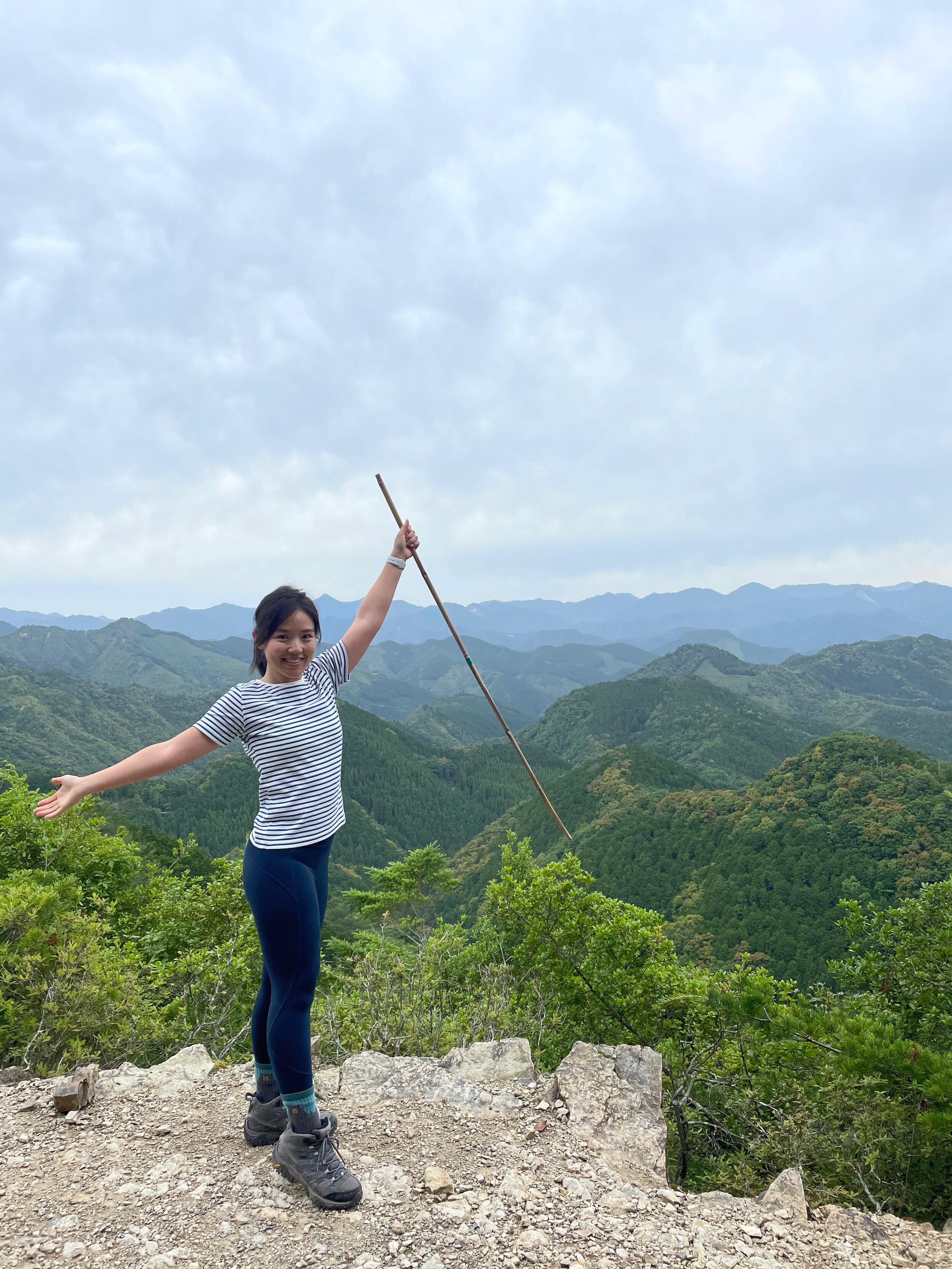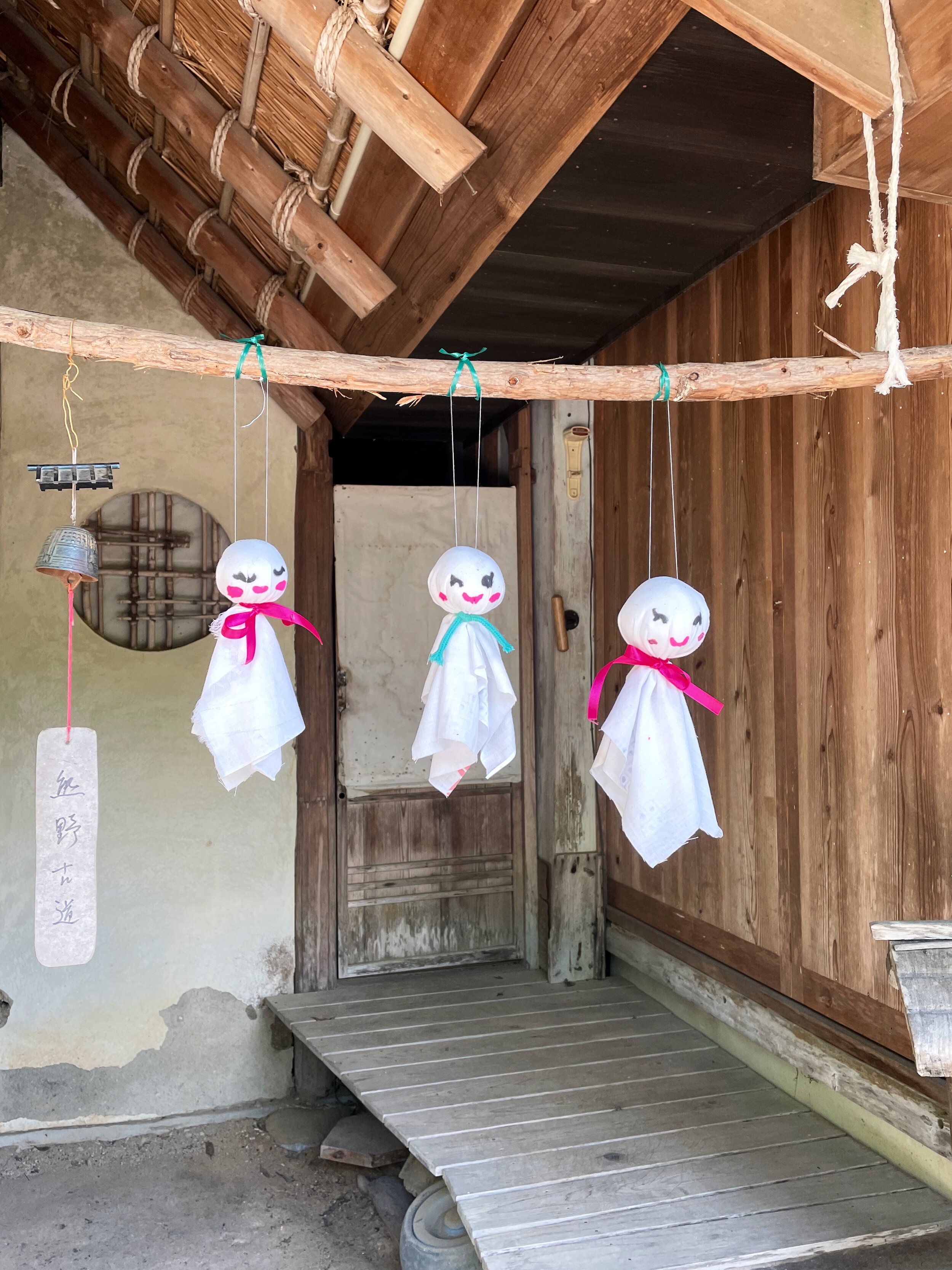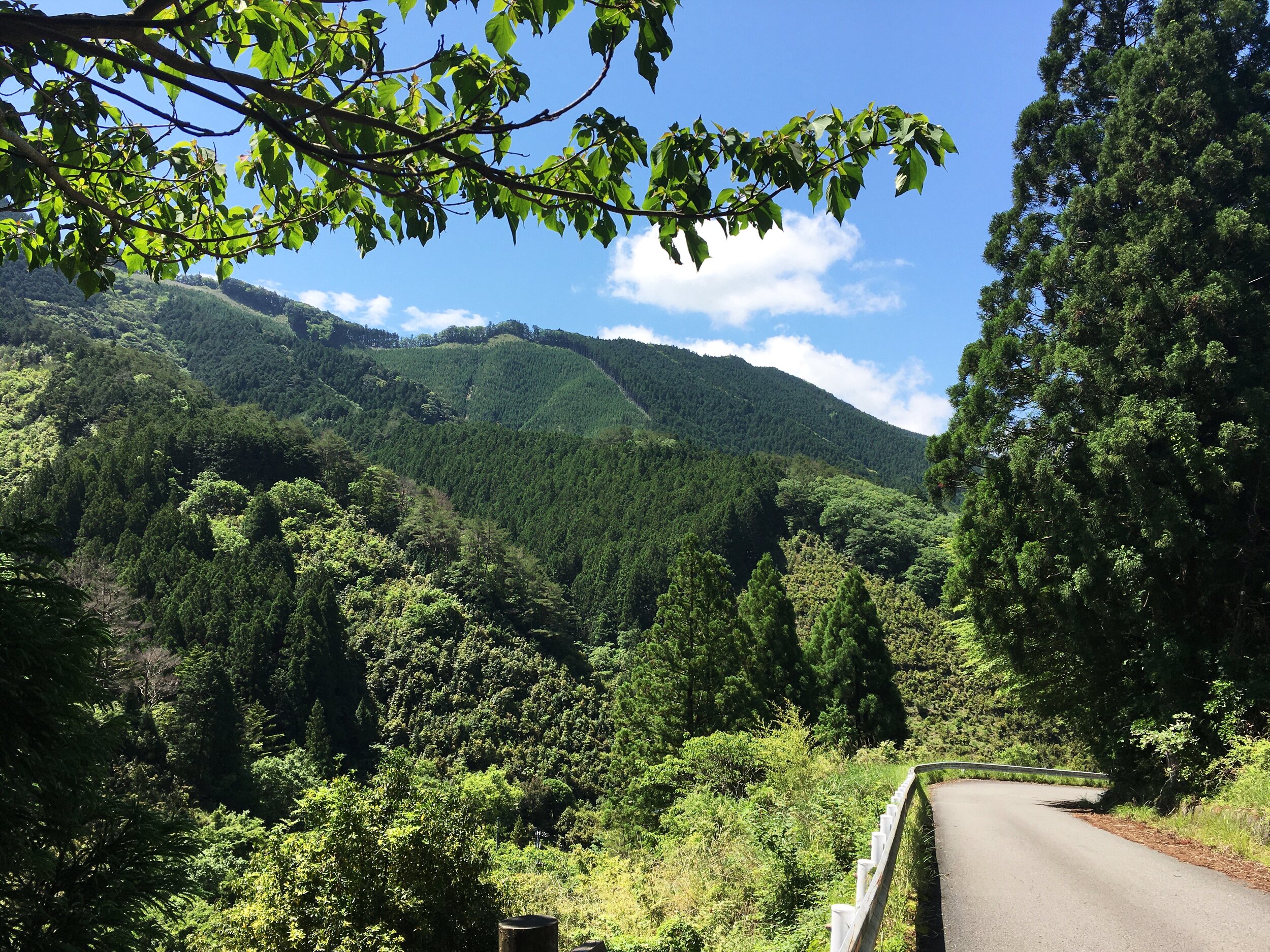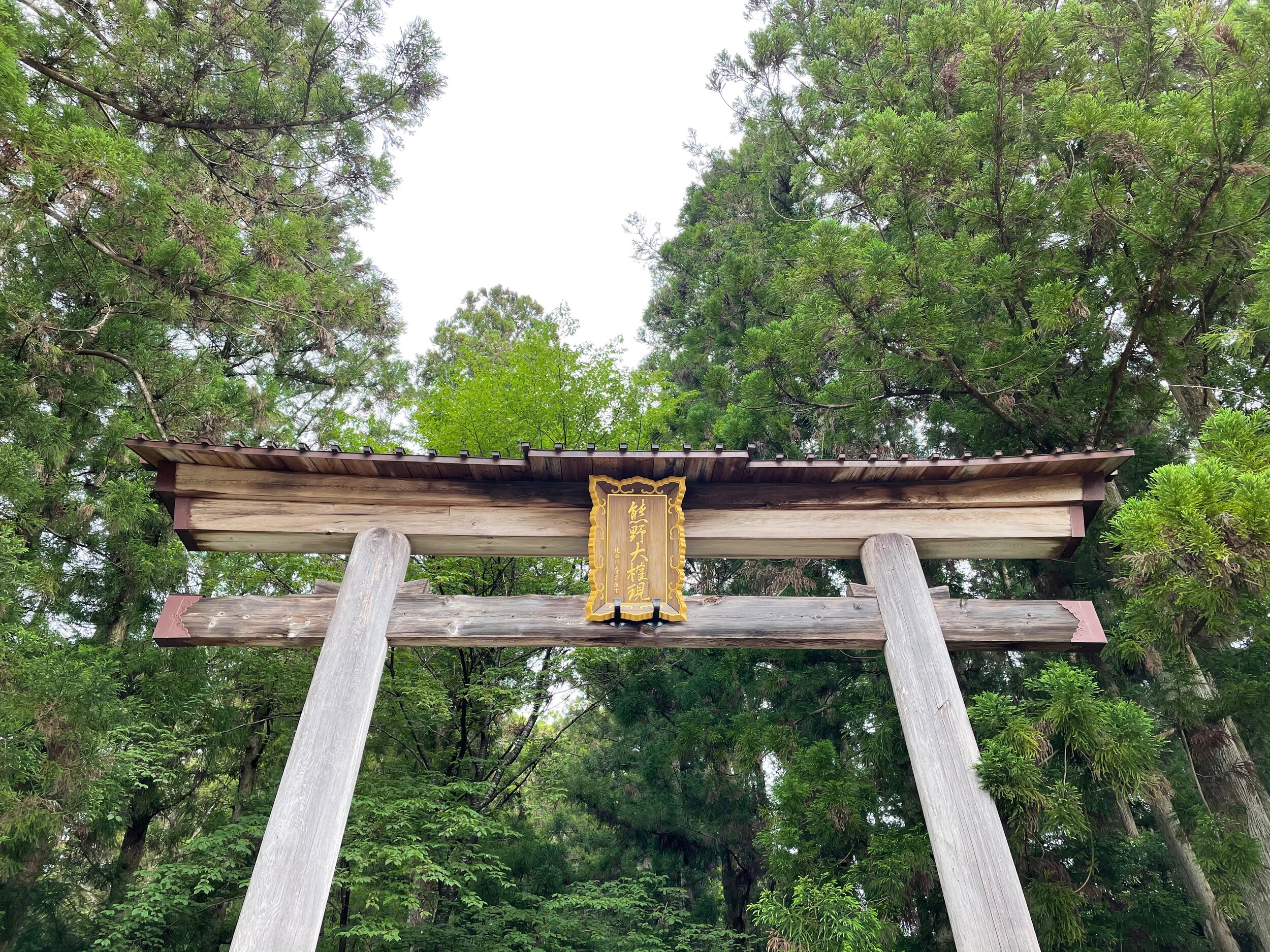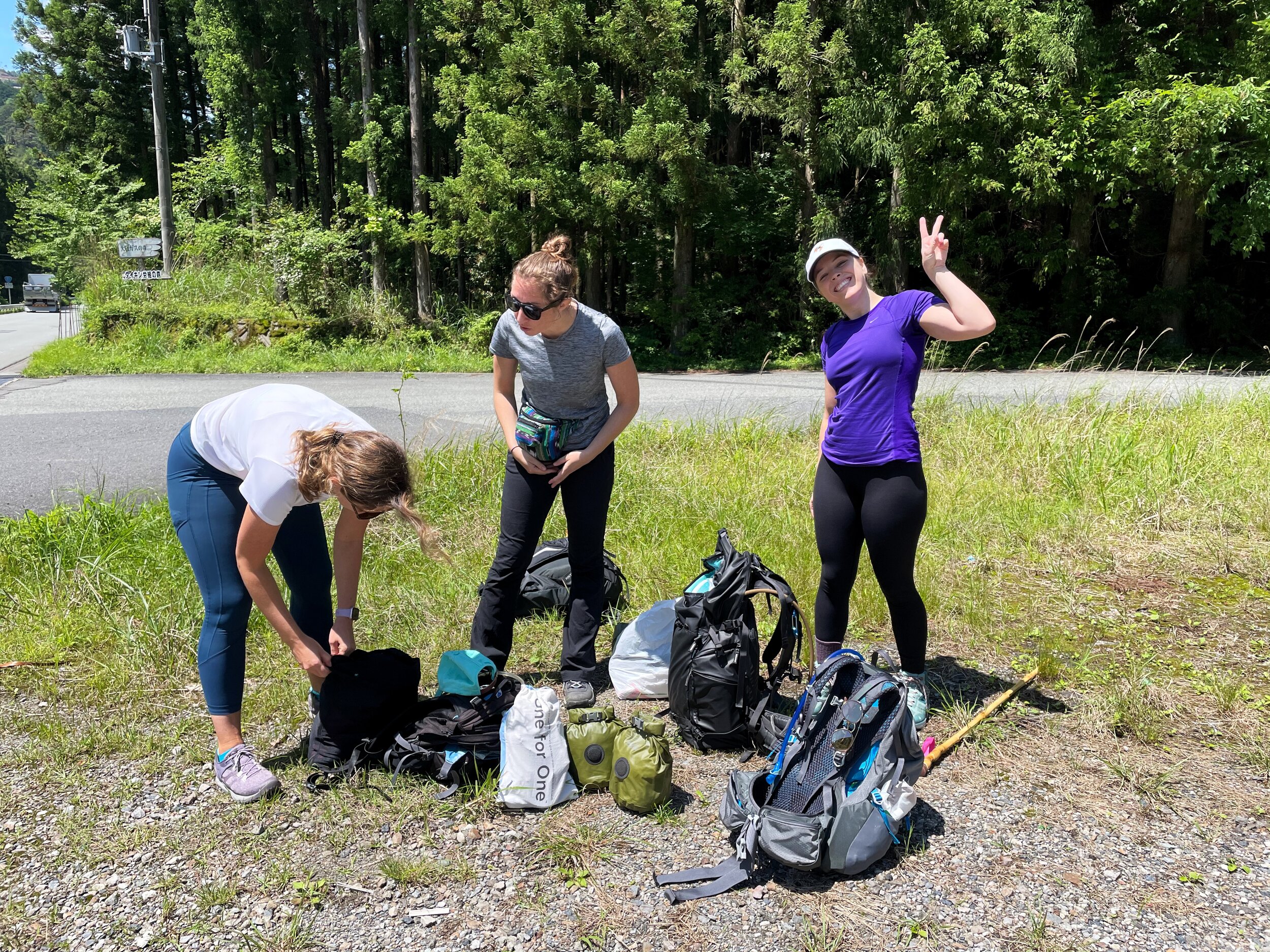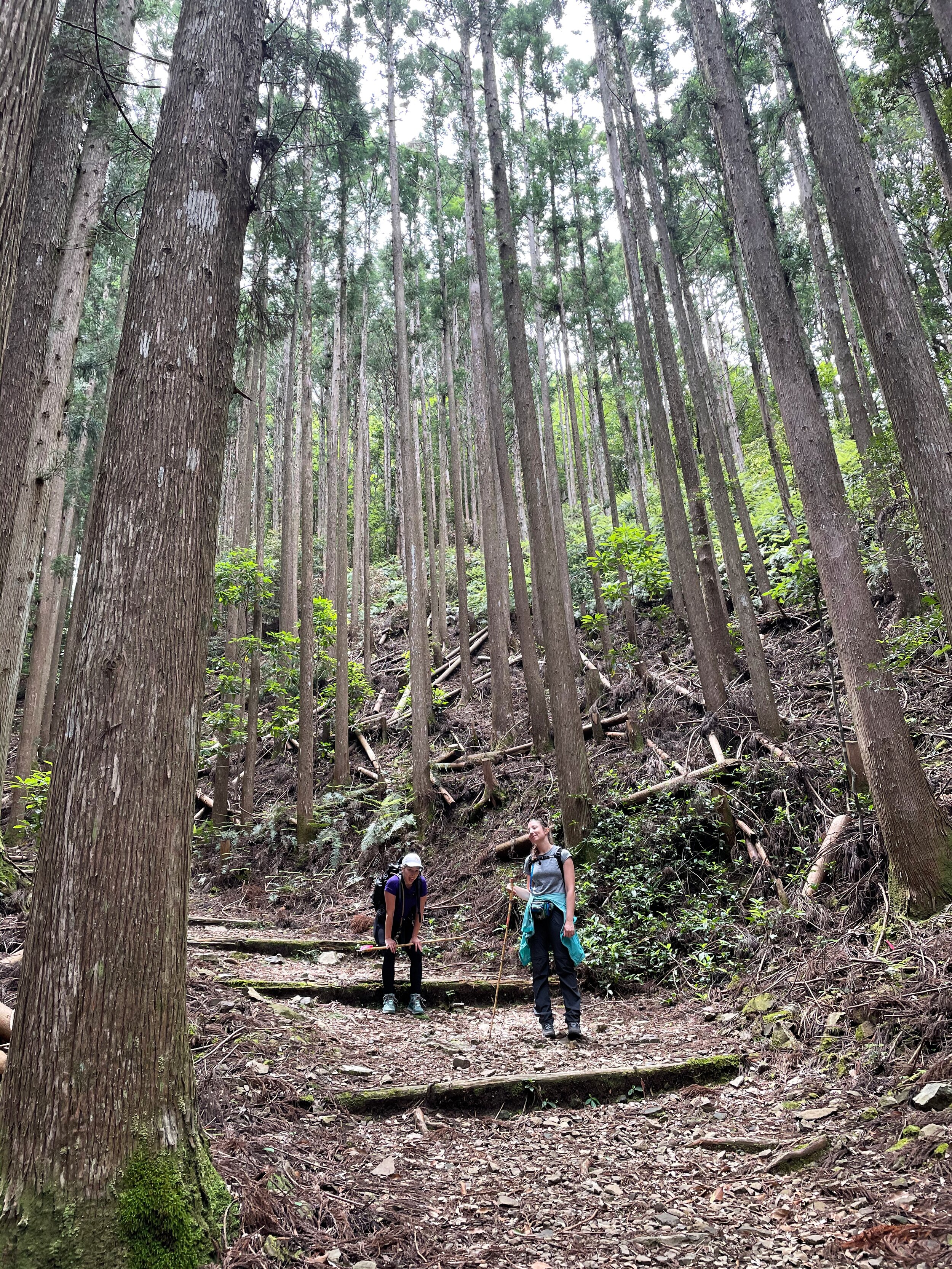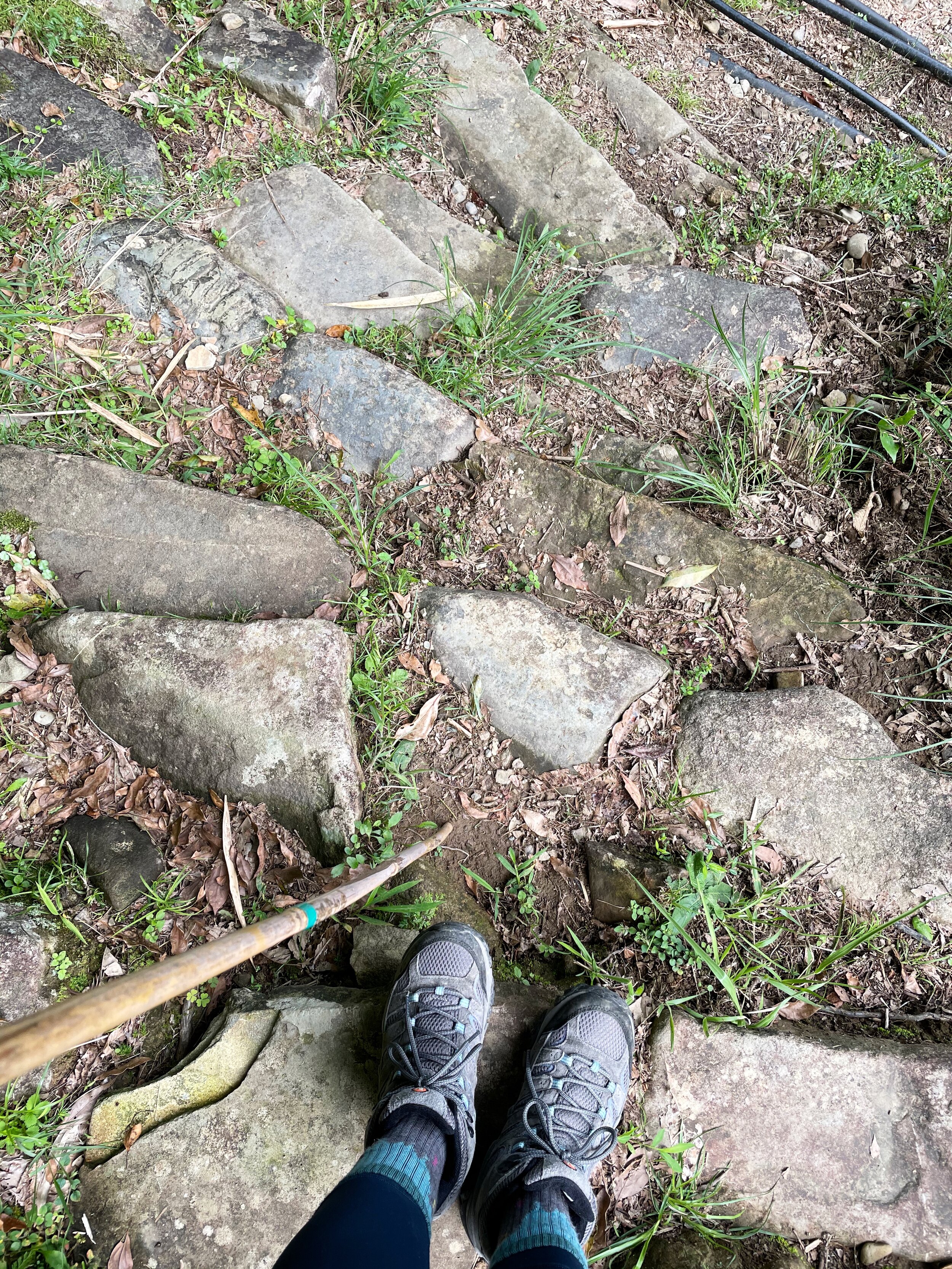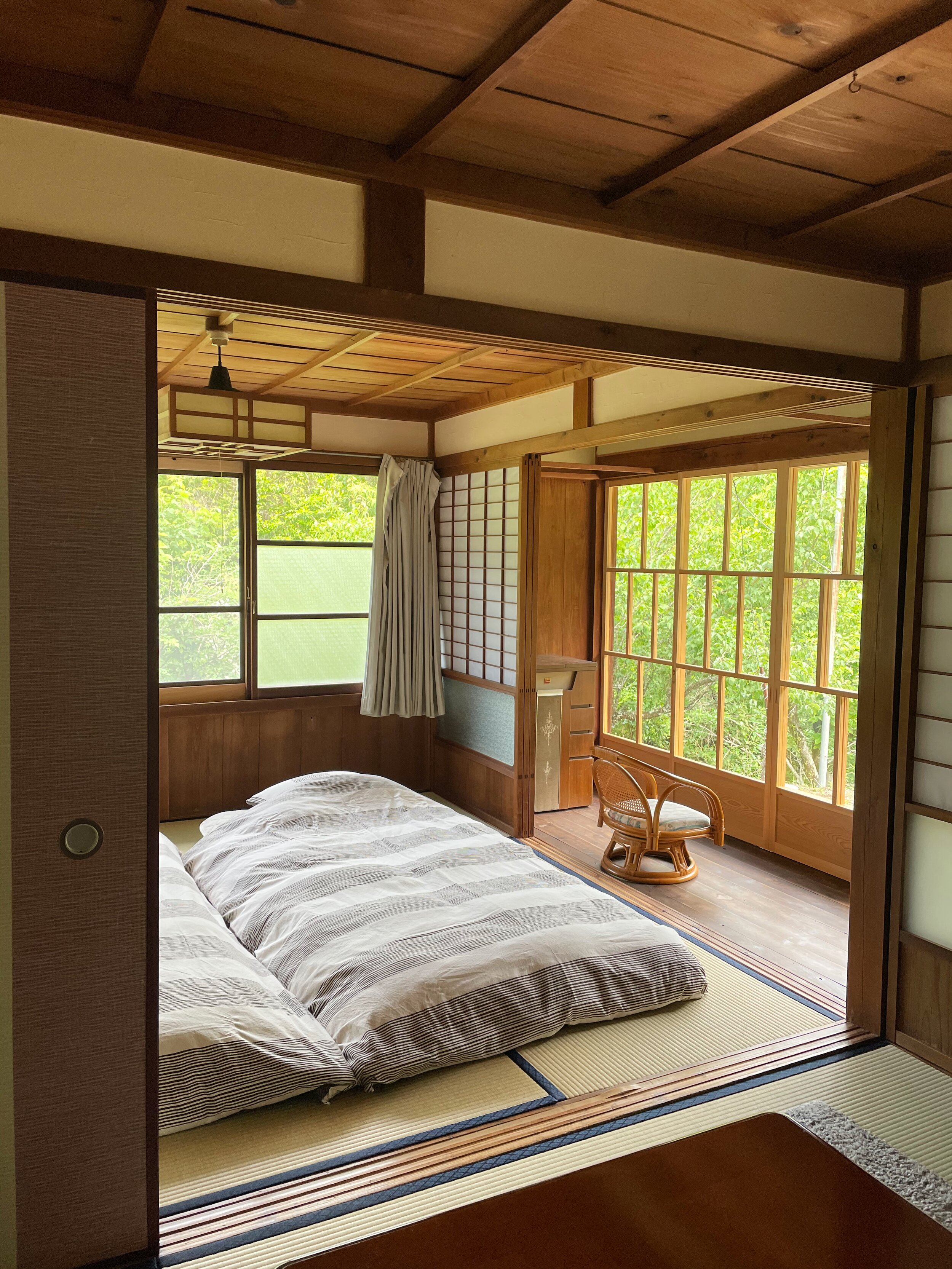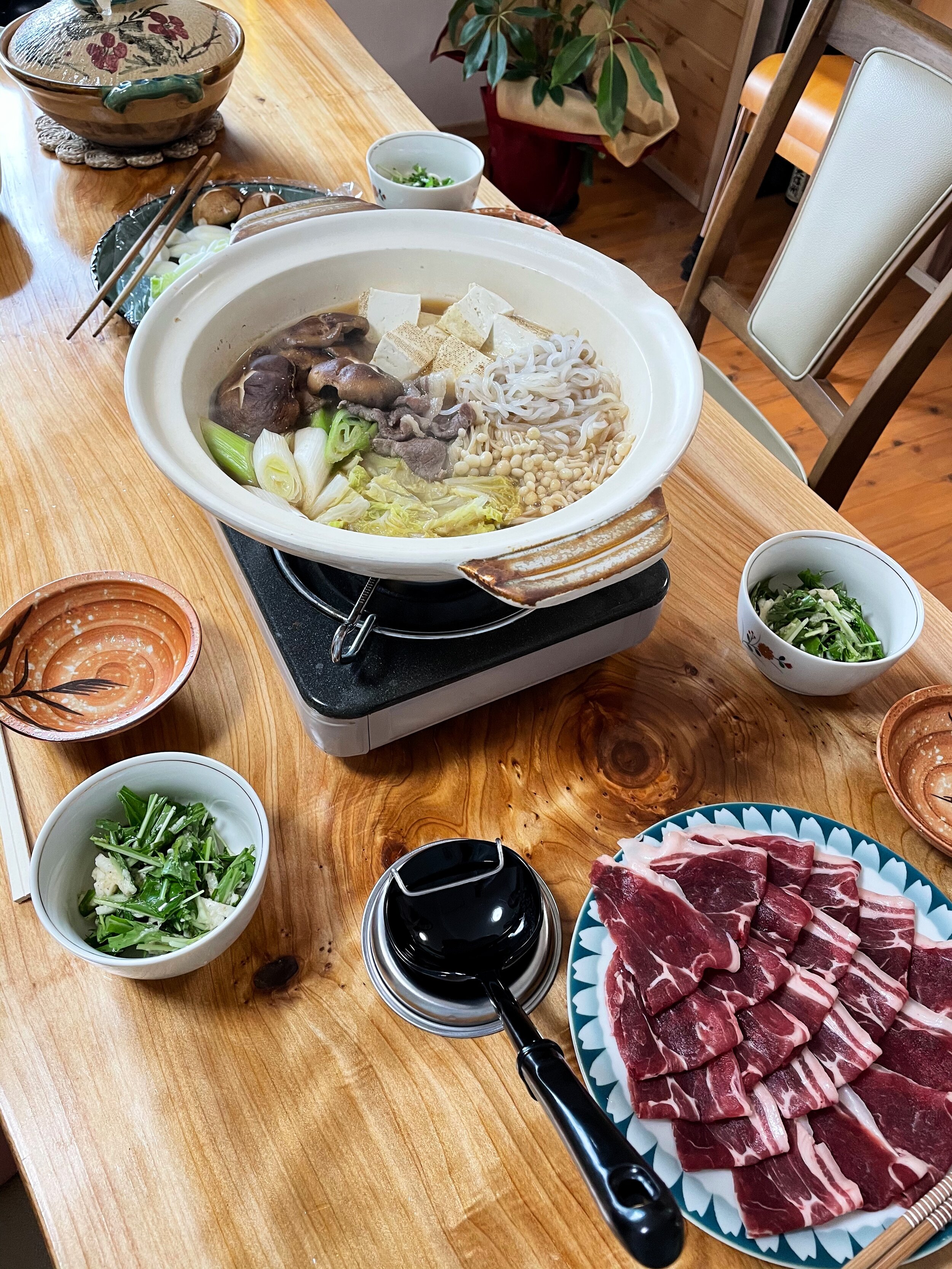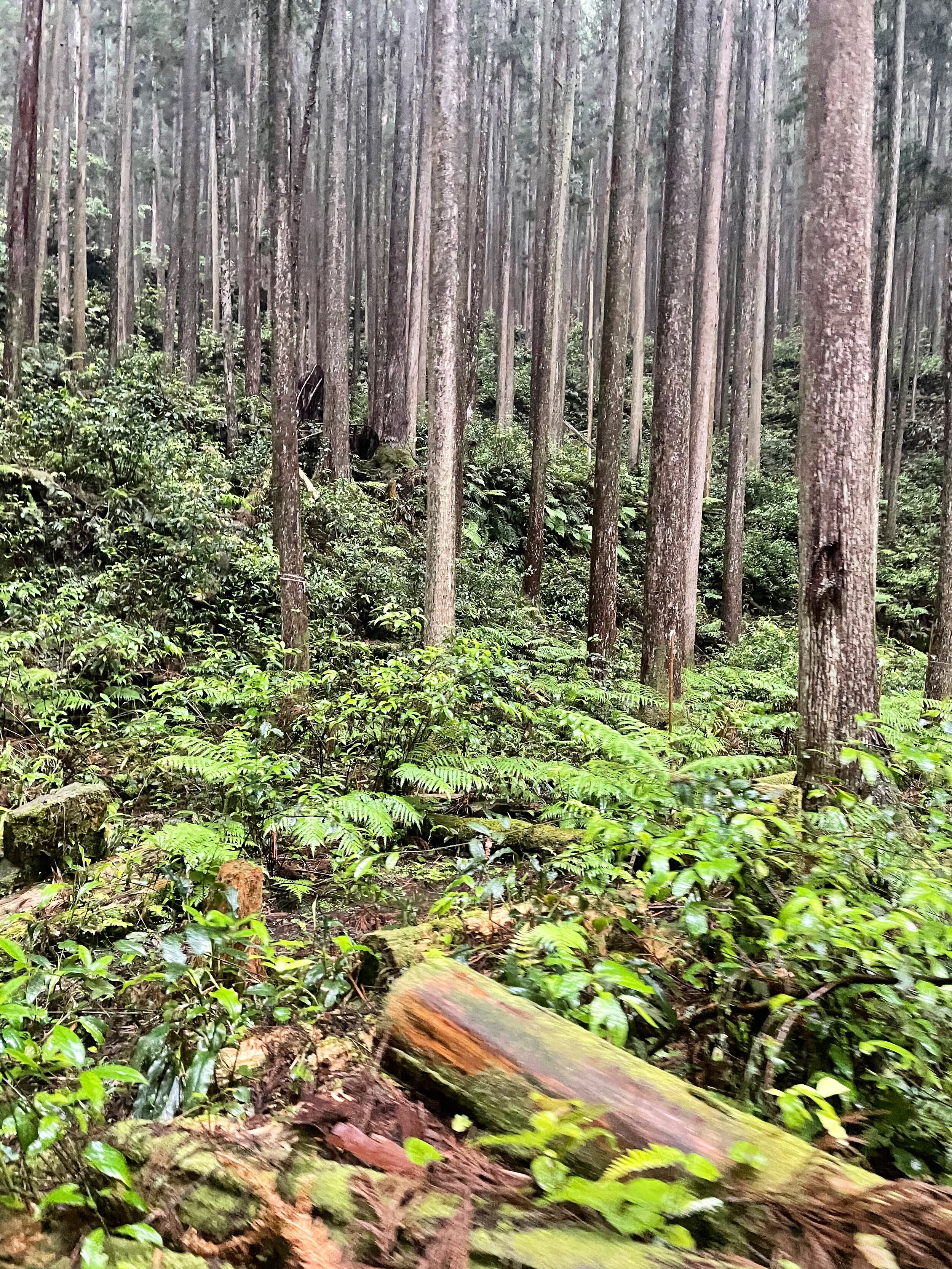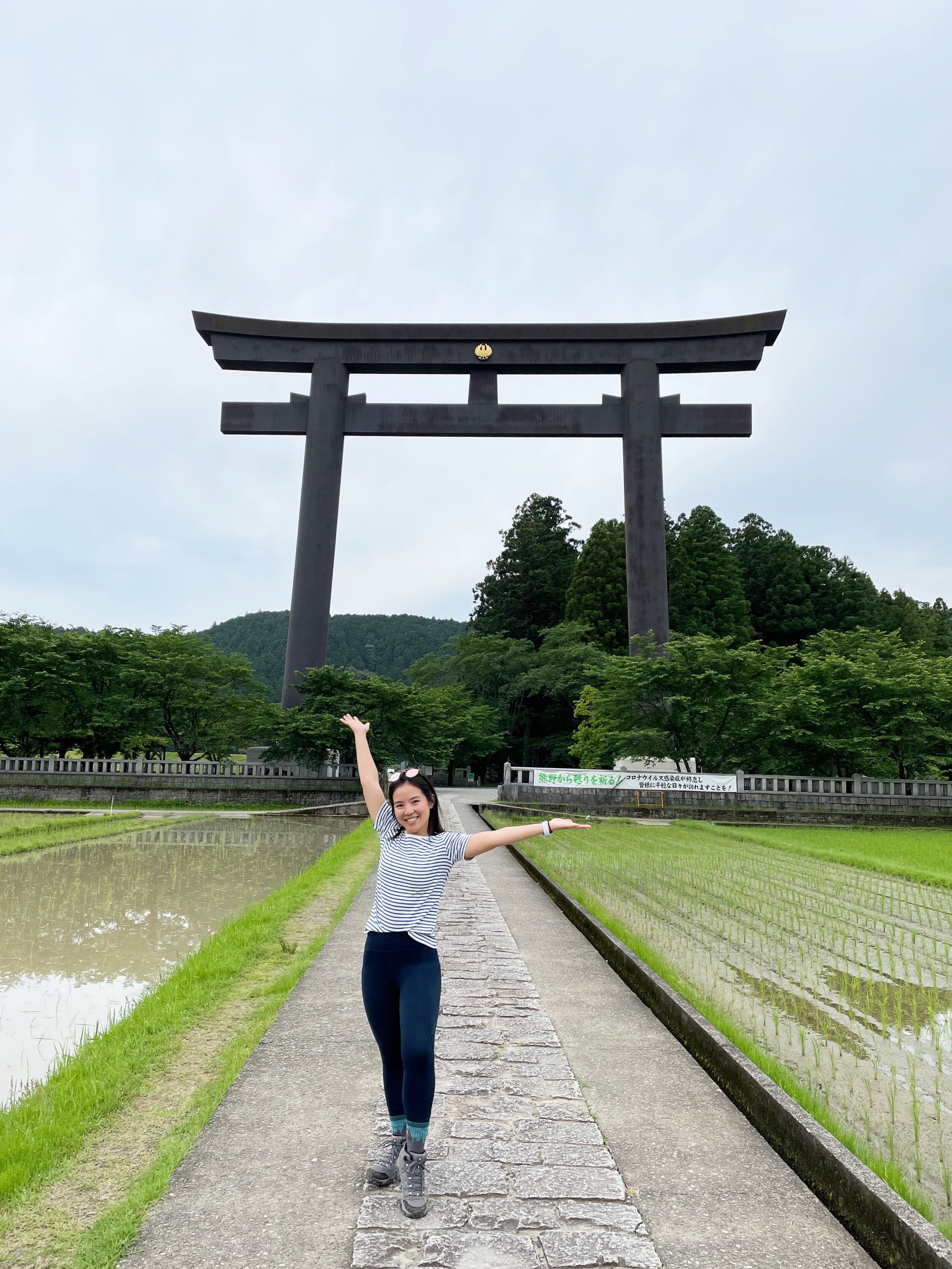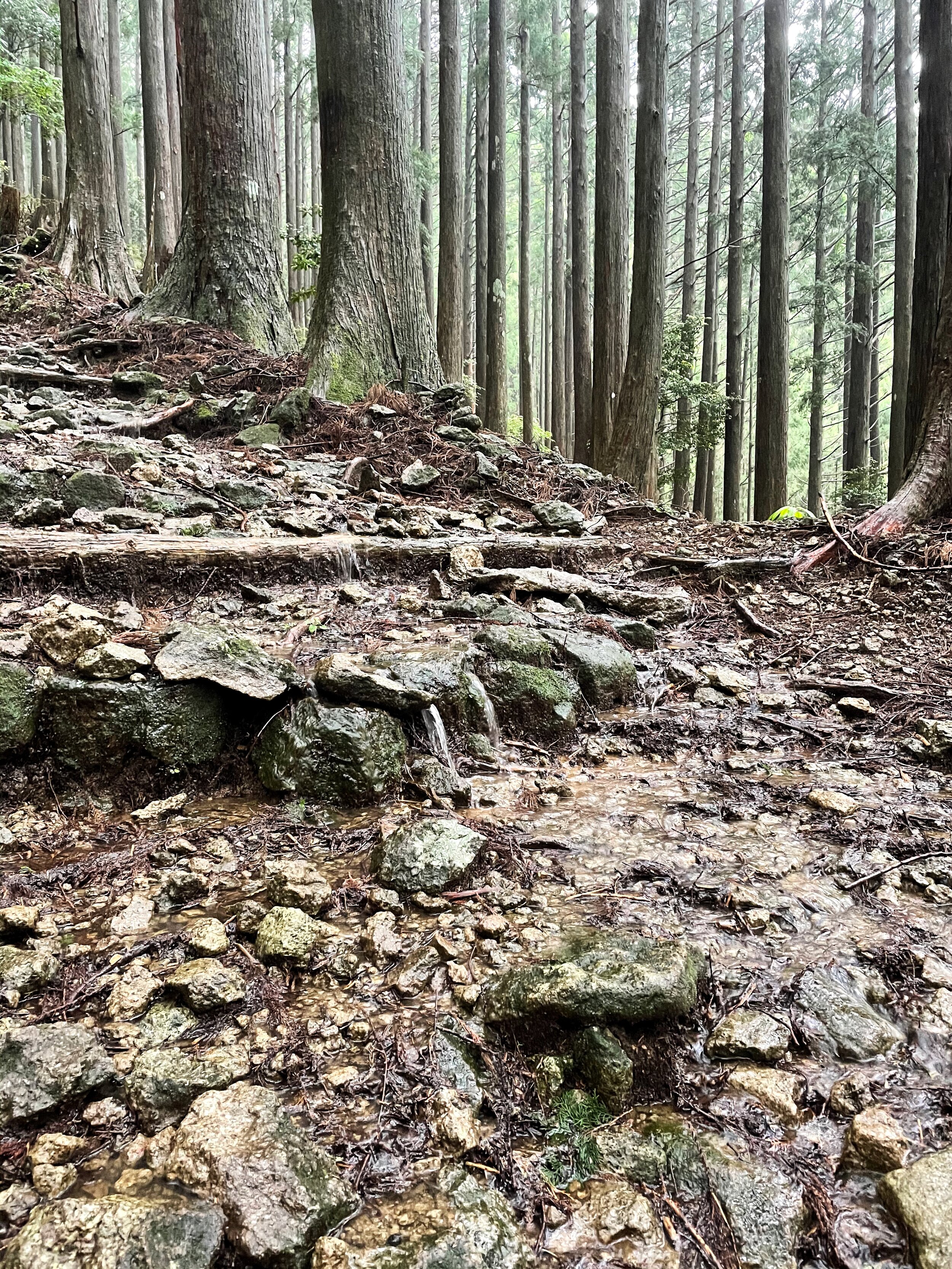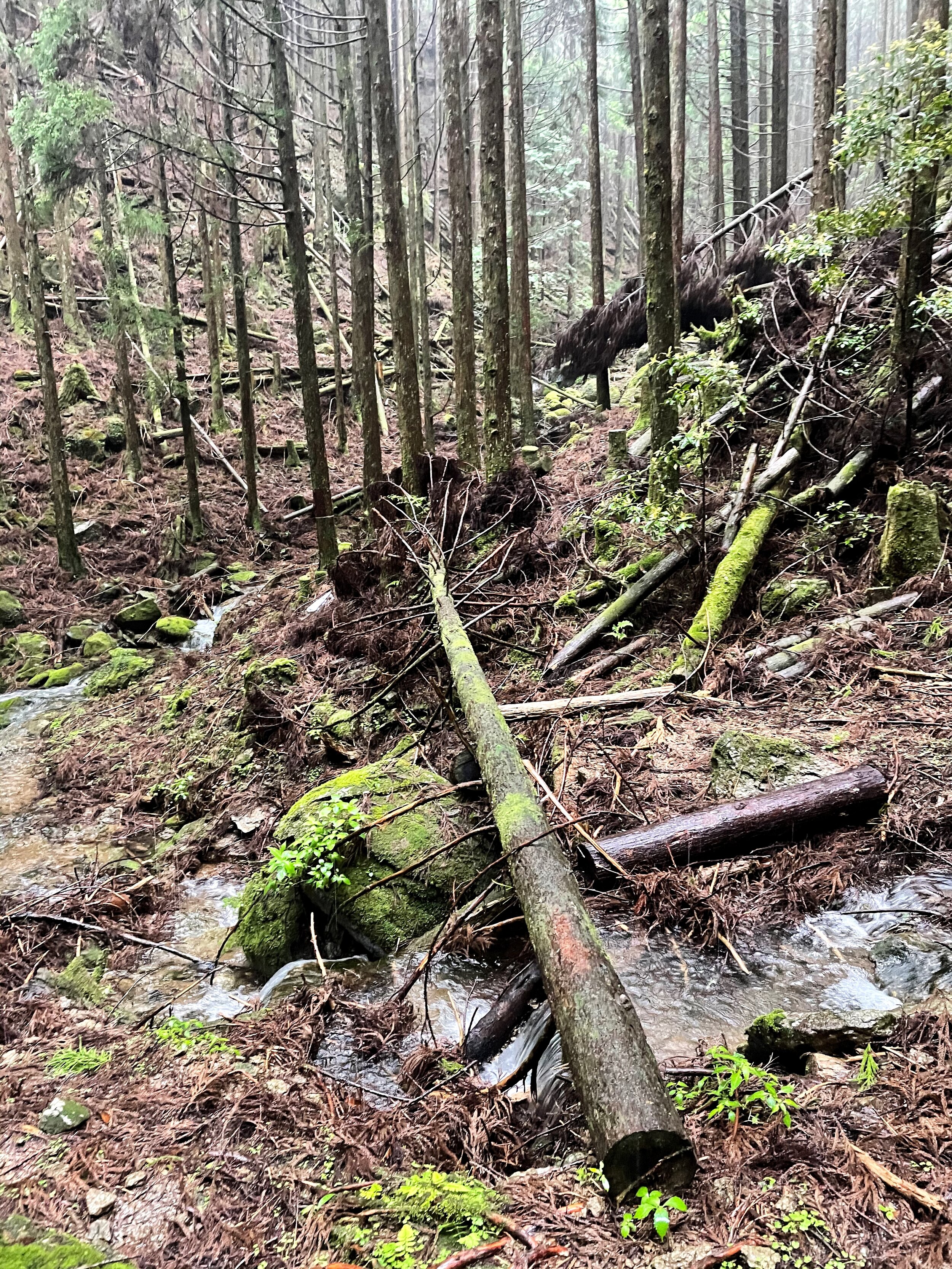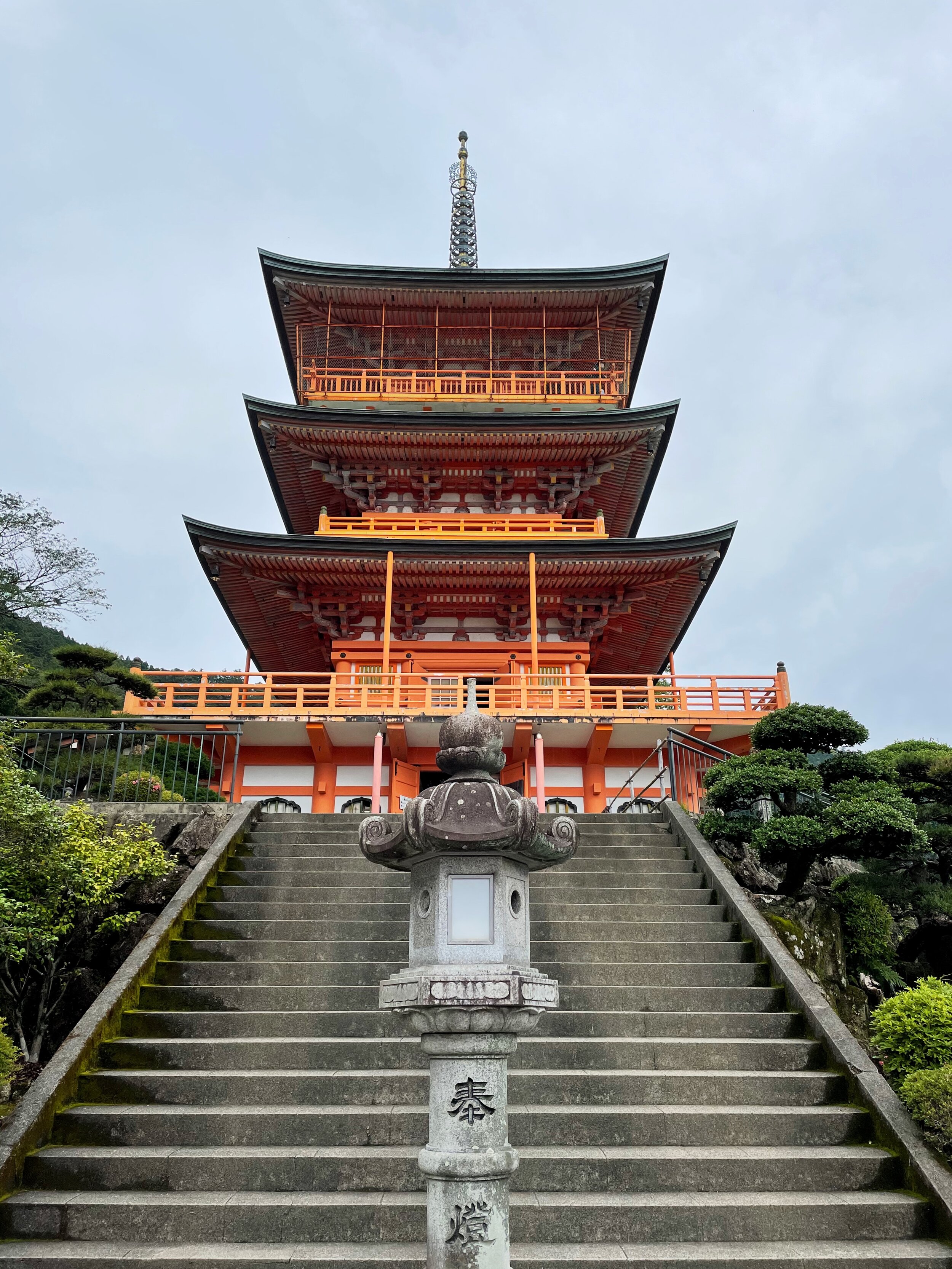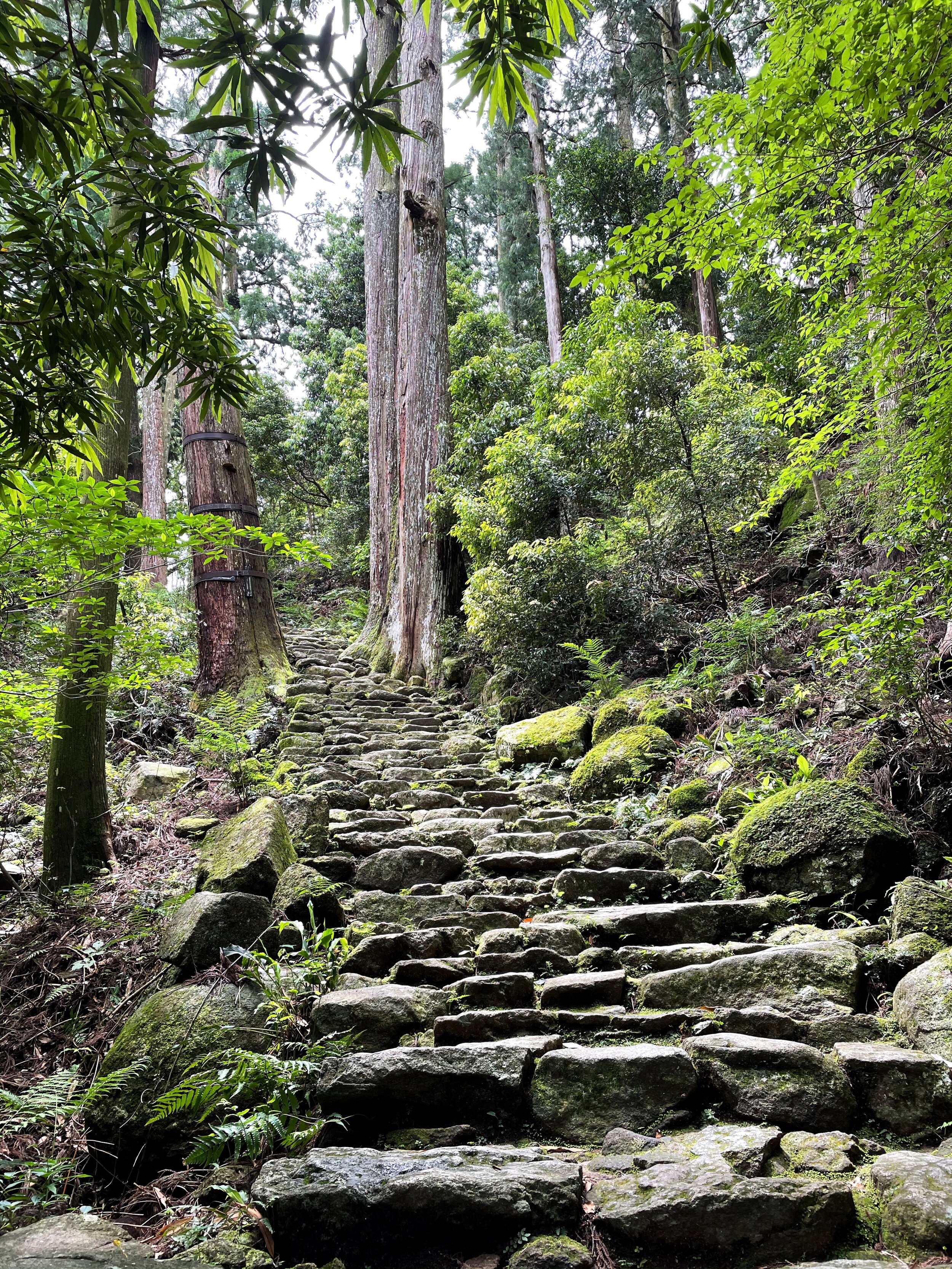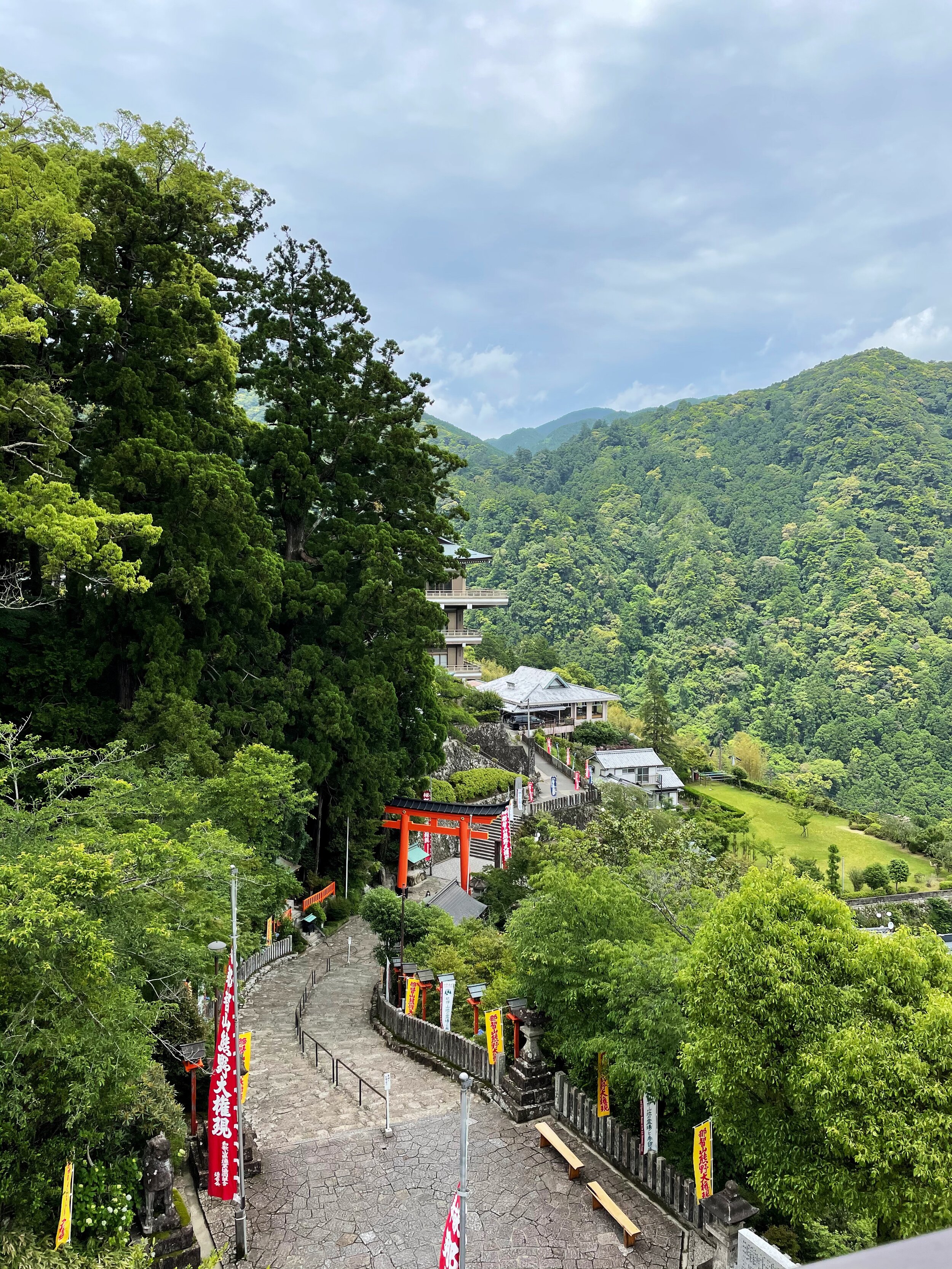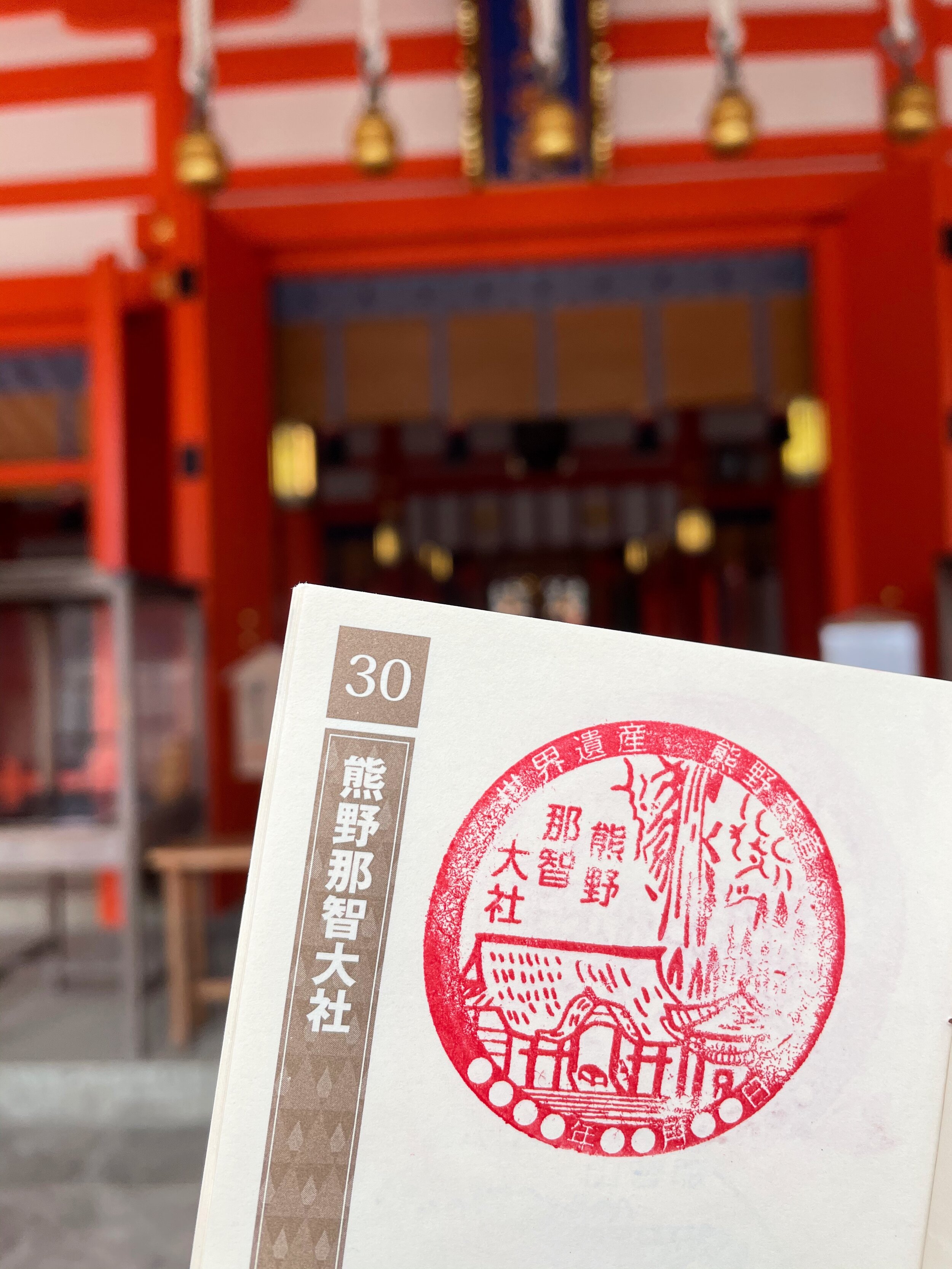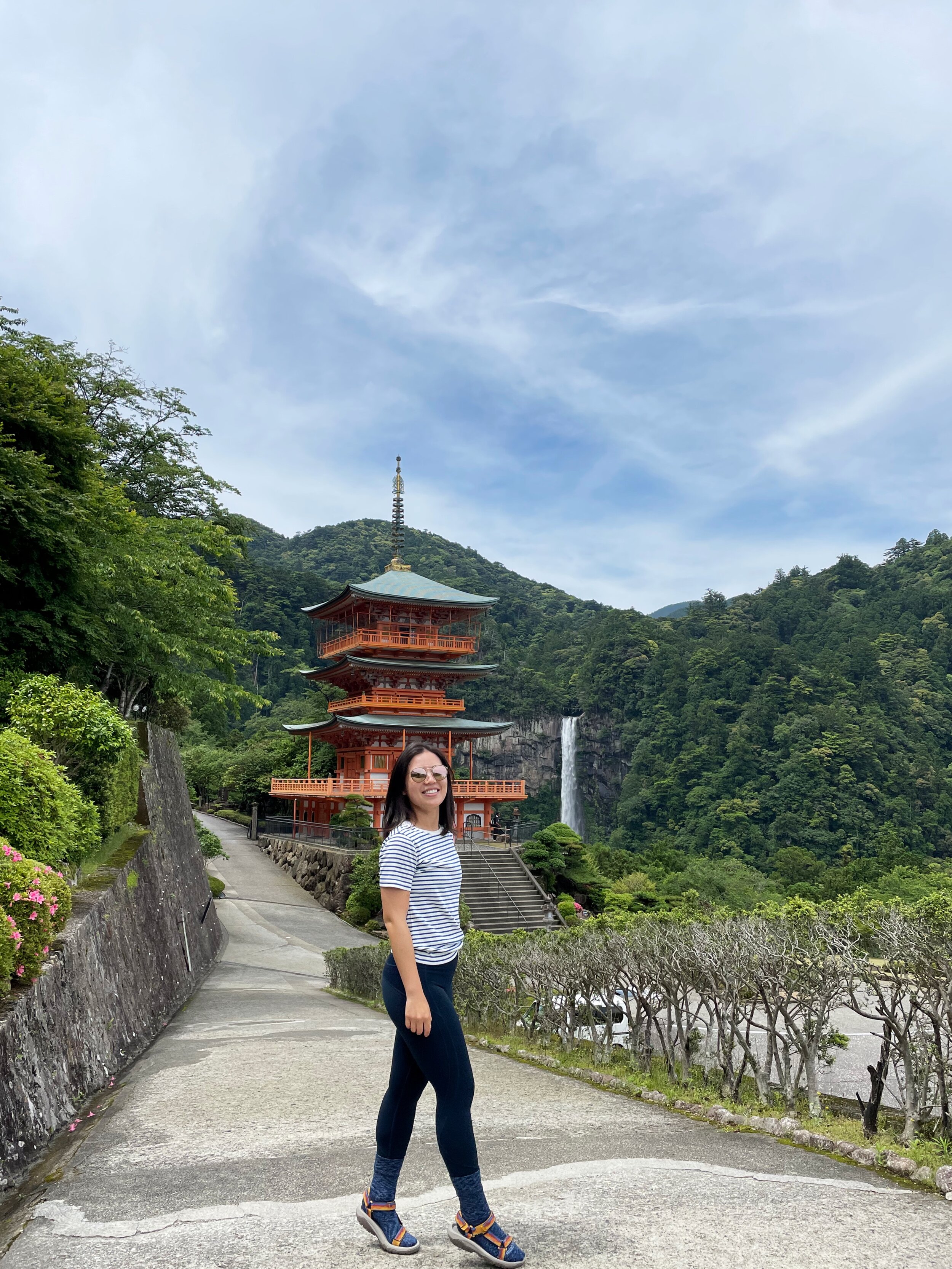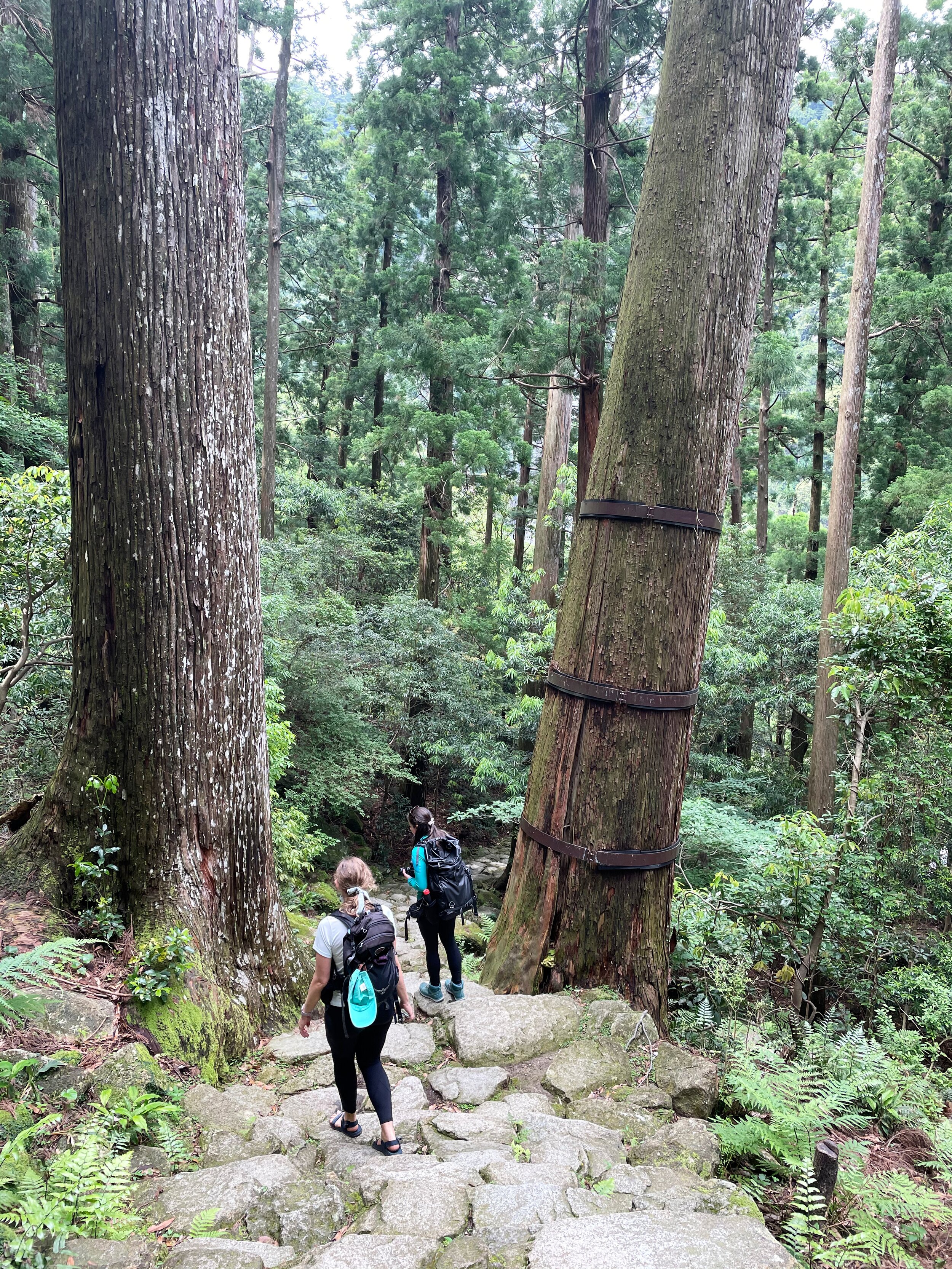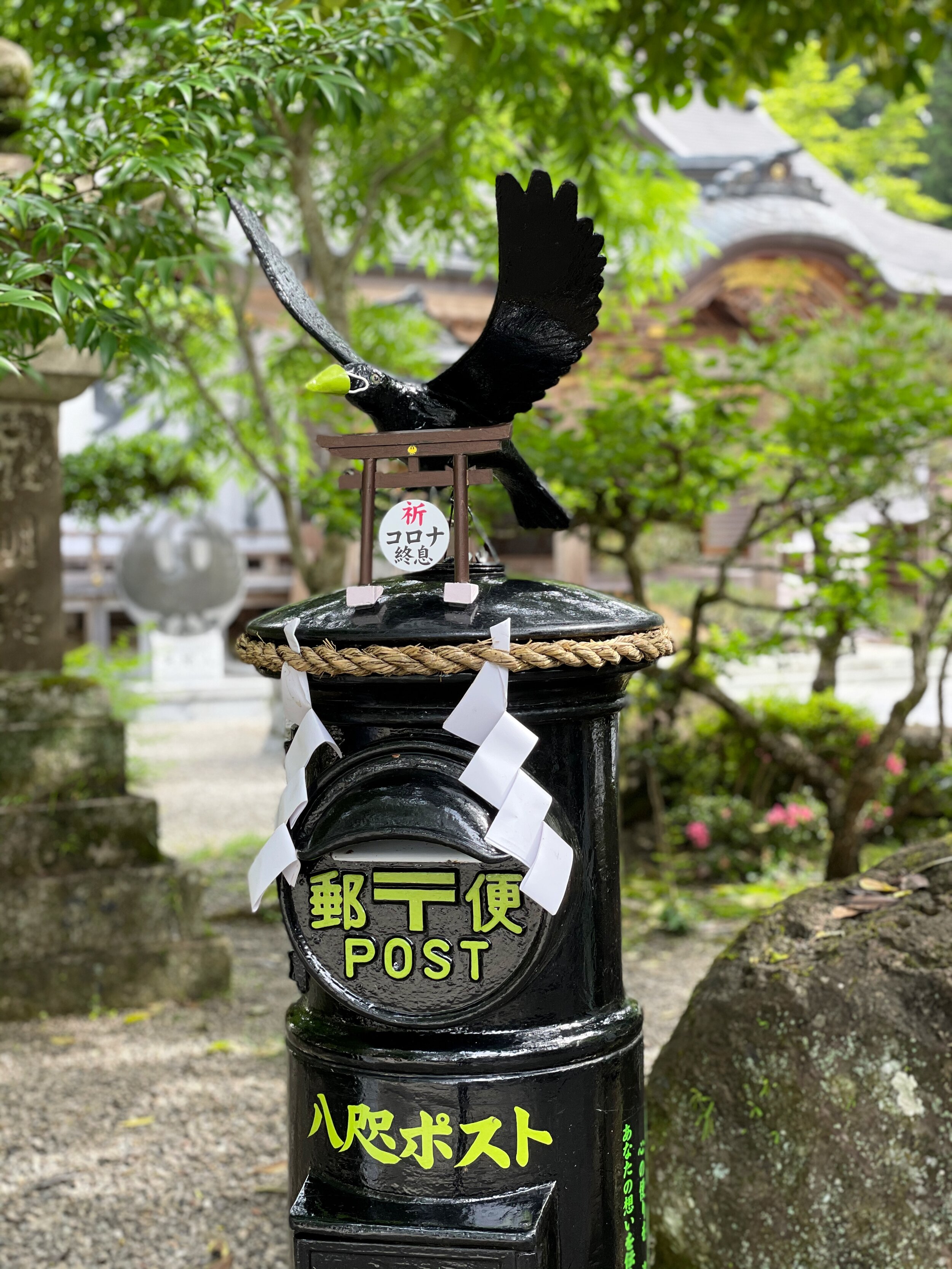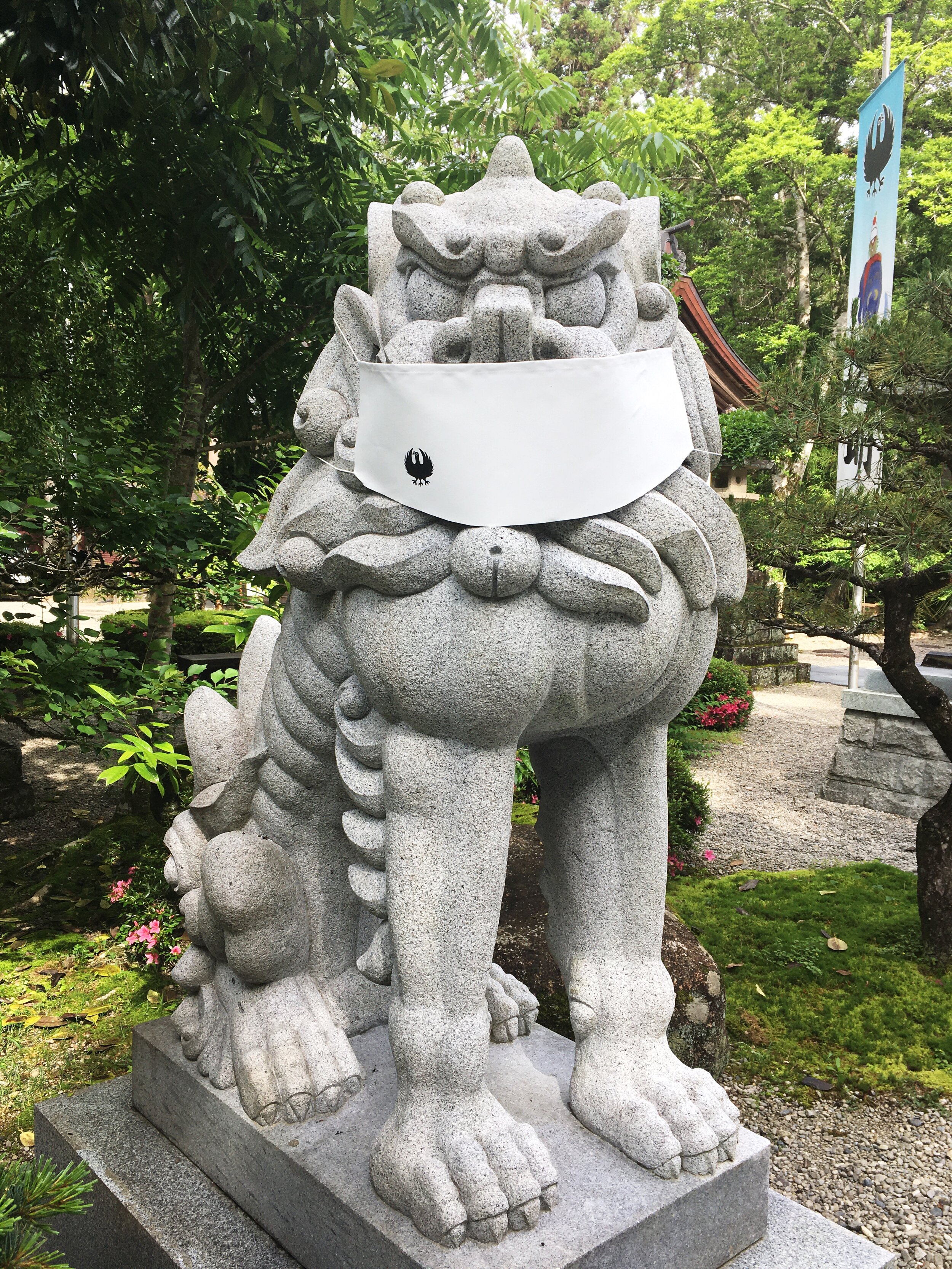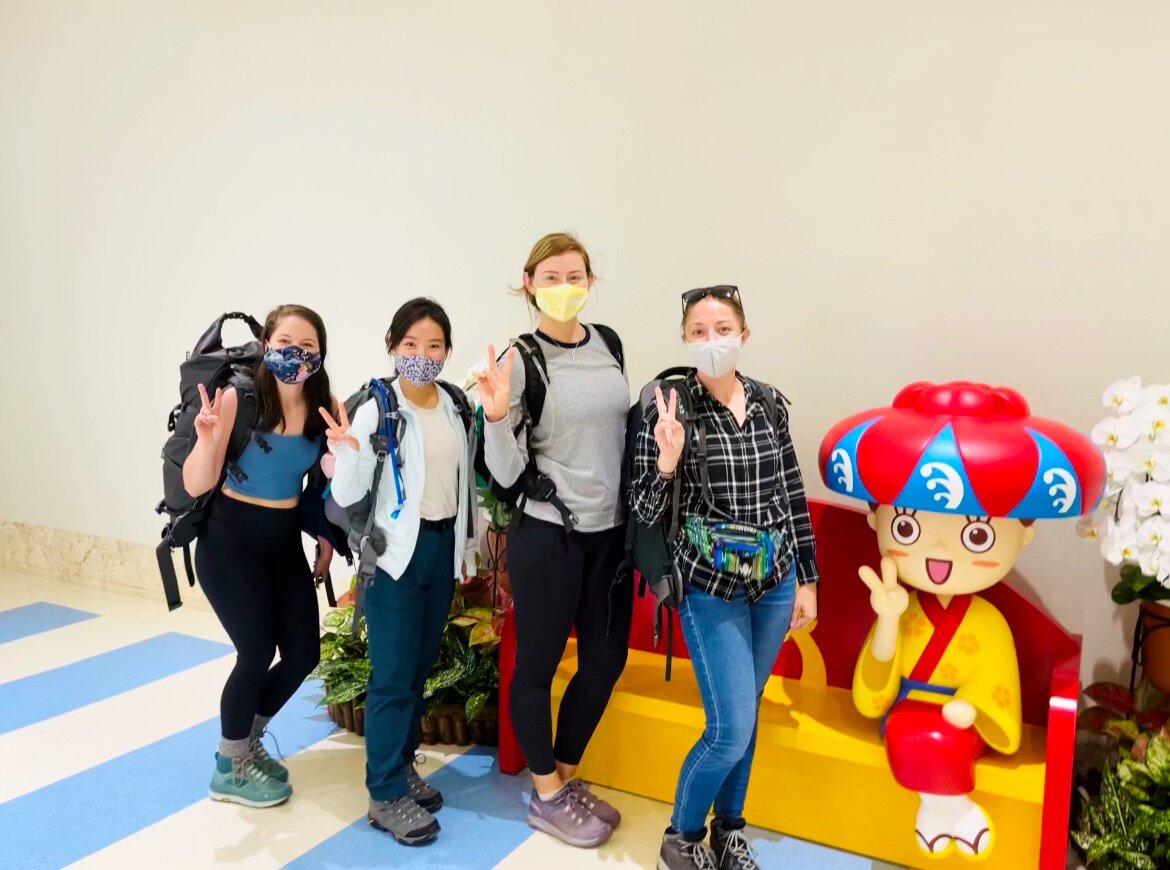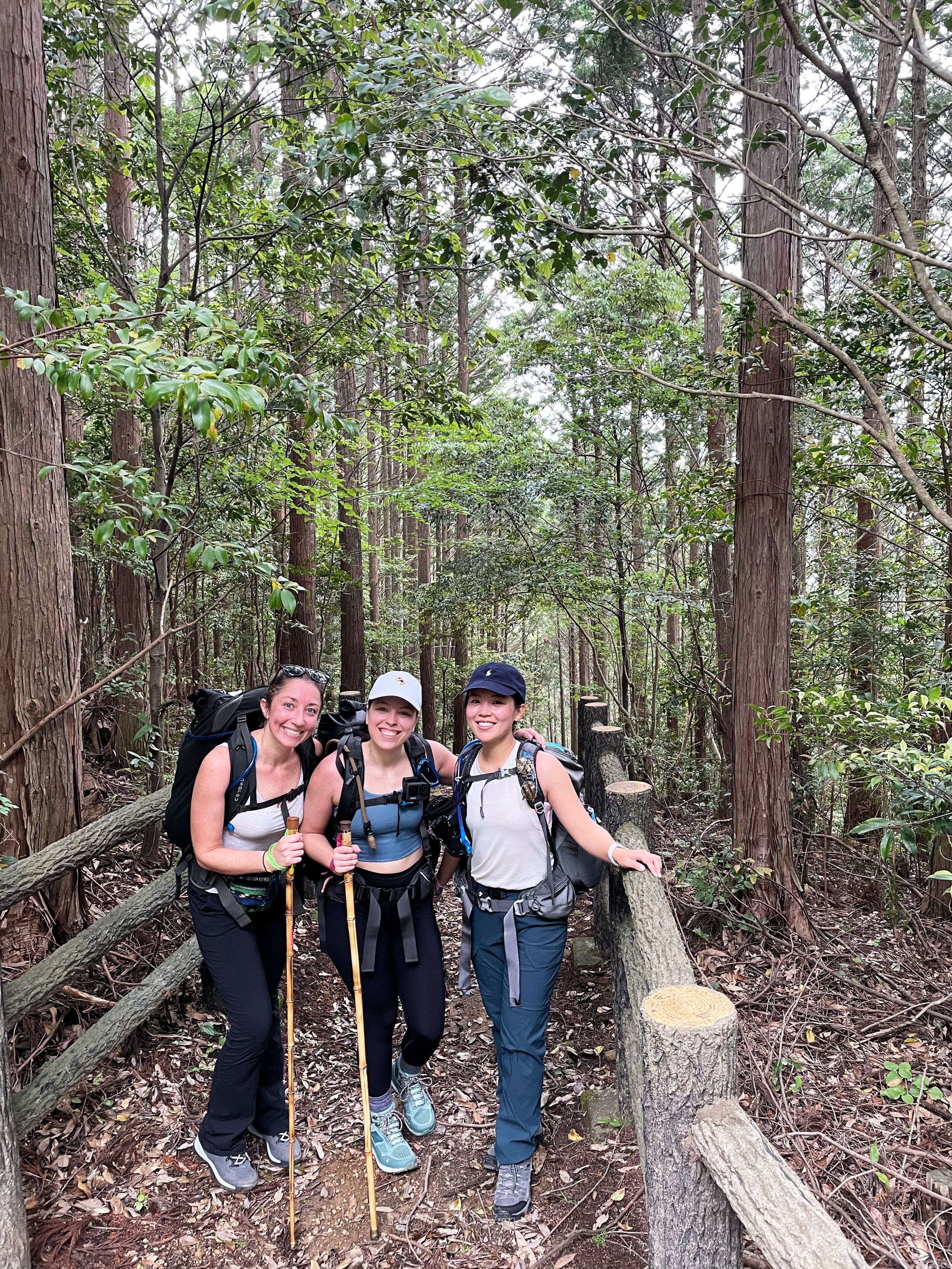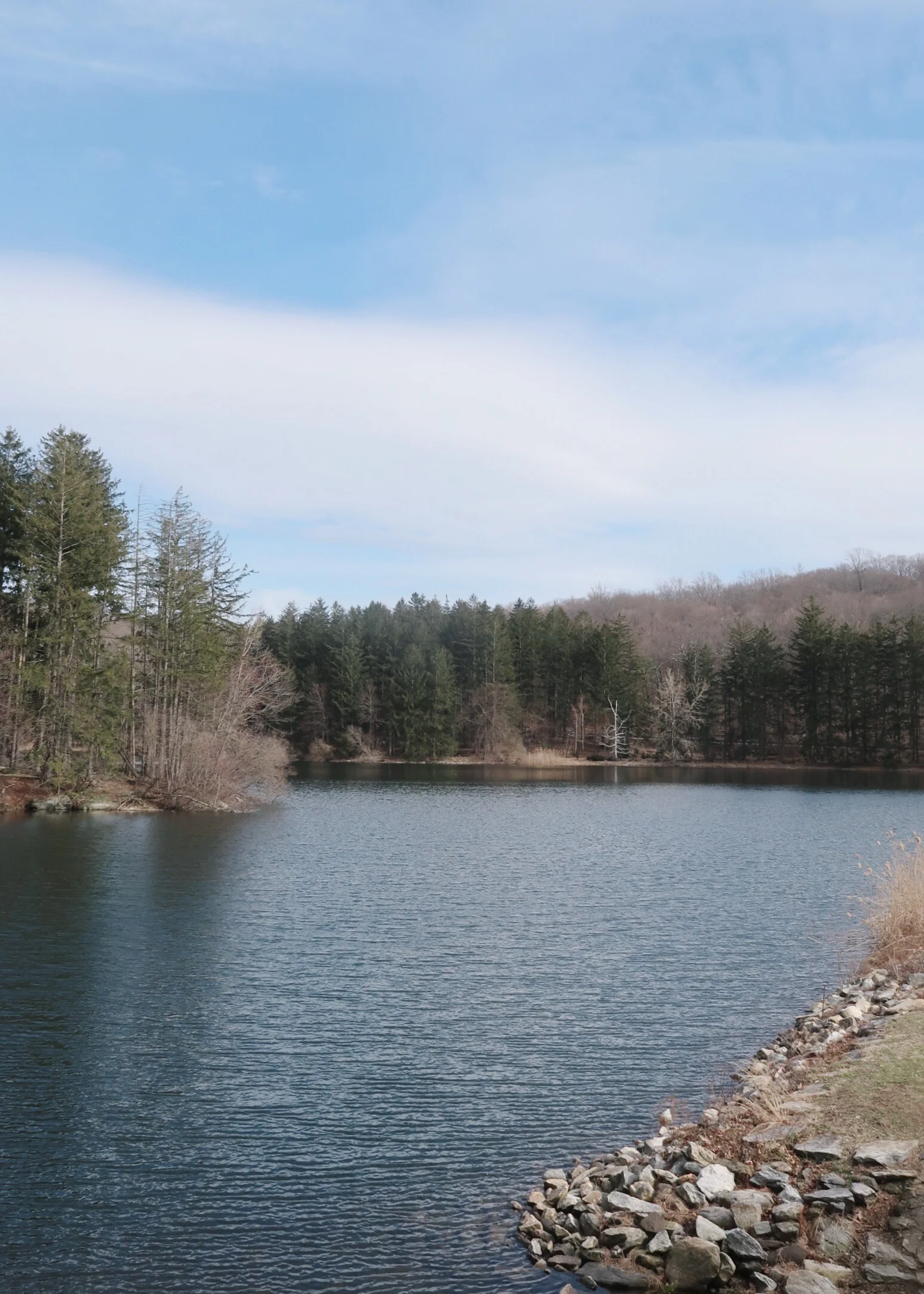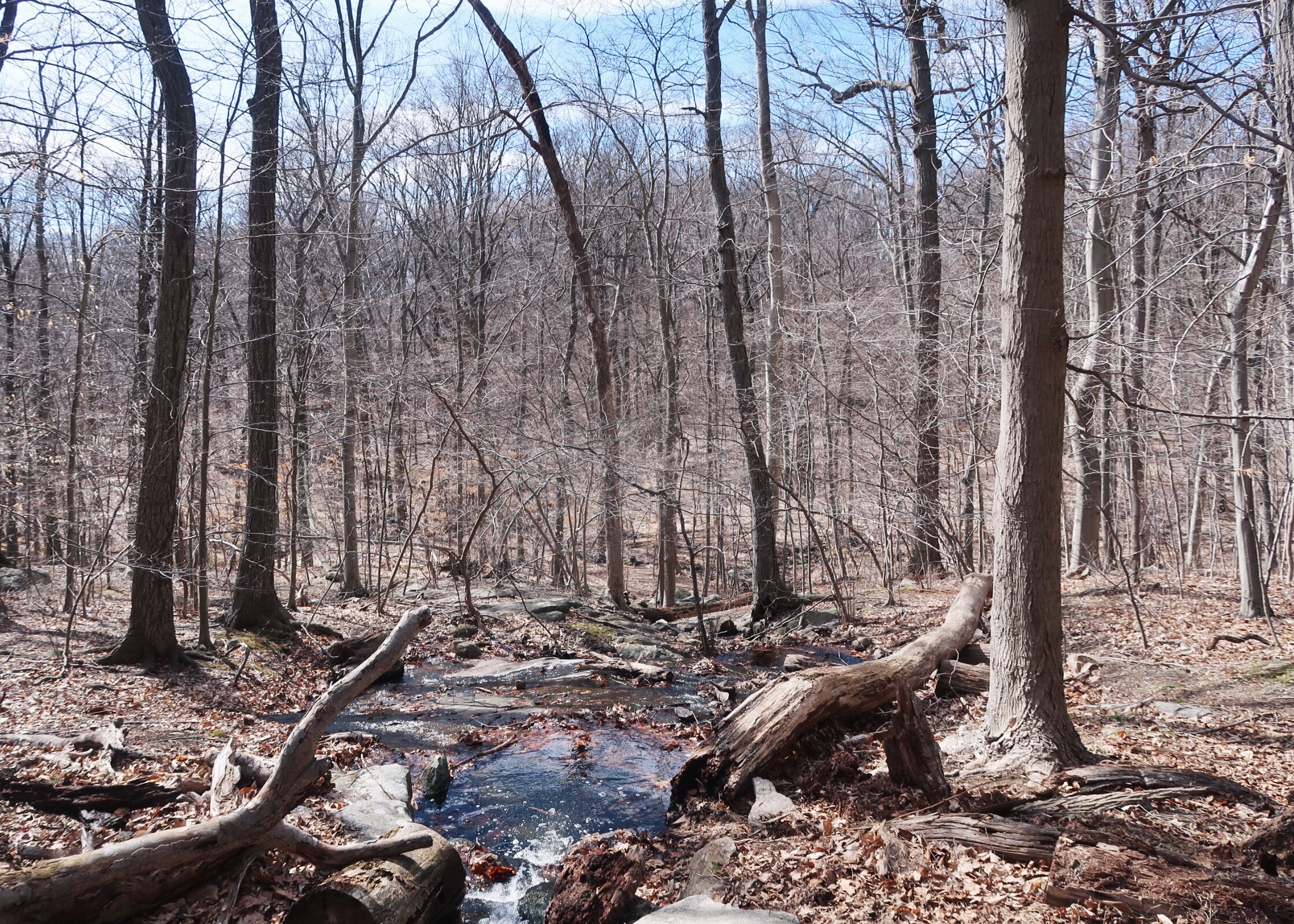Climbing Mt Fuji: WE DID IT!|富士山:我們完成日本第一高峰
/WE DID IT!
6th Station
Subashiri Trail
Waiting for sunrise
Cheers to us not arguing and hating each other through this Mt. Fuji trip. At a dinner back in April, I casually mentioned that Mt. Fuji will reopen this year for hiking, and asked my friends if they were interested in climbing together. My friends agreed without hesitation! We immediately went into planning mode. I insisted not to take the most popular and easiest Yoshida Route, leaving my friends to comply with my request to hike the more difficult Subashiri Route. Conquering Mt. Fuji had been on our bucket list since UN and I moved to Japan. I feel blessed to be able to cross this one off my list with my friends!
Mt Fuji
Featured in many Japanese arts and literature, Mt. Fuji is as iconic as it gets when one thinks of Japan! We were pumped to climb it, but at the same time, we were worried about altitude sickness, and/or bad weather. Mt. Fuji spans across Shizuoka and Yamanashi prefectures, standing at 3776 meters tall, and was listed as a world heritage site in 2013.
Route: Subashiri Trail
4 main routes: Yoshida (yellow), Subashiri (red), Gotemba (green) and Fujinomiya (blue)
Compare to Yoshida trail, Subashiri is less popular and more challenging. The beginning is more forested than other trails. Merge with Yoshida trail near 8th Station.
Prior to The Trip
Other than keeping up with my workout routine, in the two weeks before our hike, UN and I started running. We asked friends who have achieved the feat for hiking tips, and even consulted employees of Montbell and Neos (local outdoor stores). So much so that the employees know us by name! Montbell has a list of all hiking equipment you will need for Mt. Fuji. You will also find this list in this post!
Packing List
For the full equipment list please see my Kumano Kodo post (can skip Chaco/Teva). The following are must-have items for climbing Mt. Fuji:
Hiking poles: crucial if you are over 25, skip if you are under! Your body will thank you later!
Hiking boots: love my boots, highly recommend ankle boots.
Oxygen: didn’t get to use it, but having it brings reassurance, it’s lightweight, and doesn’t take up much space.
Gaiters: can prevent gravel and dirt from getting into your shoes. Or you can wear long pants that cover most of your boots
Mt. Fuji wooden hiking pole: available along the way. We bought the wooden hiking poles at fifth station to collect stamps; cost varies by length. We got the shorter one, easier to carry and store. Luckily, we were able to collect all the stamps along our hike.
Wet wipes: clean yourself at night for a better sleep!
Blessed to have them in my life!
Goraikoukan sleeping area
Original 8th Station
Accommodations: Goraikoukan
When we asked our friends about the lodging experience on Mt. Fuji, many were the stories of sleeping next to snoring strangers packed like sardines, and having Lunchables-equivalent food for dinner. But Goraikokan far exceeded our expectations. We actually received a decent portion bento box, choice of fish, chicken, or hamburger meat when you make the reservation. Our breakfast included three onigiris and tea. In addition, Goraikokan sells other Japanese staples including ramen, udon, oden, and cup noodles. You will definitely not starve up here!
Reservation open on May 10th at 12pm
Toilet: 200 yen one time fee; no shower available
English site doesn’t have the reservation information, use Japanese site for reservation
Use cell phone browser to reserve. Our laptops doesn’t give us the pay option, but our phone does.
11,000 yen for stay only; 13,500yen stay and 2 meals (breakfast and dinner)
Meal choice: chicken, fish, and hamburger patty
Dinner time is from 5:30pm-8:30pm, phone number: 0555-24-6510
Experience
We started our hike around noon, and arrived at our lodging on 8.5 station at 8 pm. The weather on the way up was mild, but it would change from sunny to misty, and to cloudy suddenly. After dinner, we watched a thunderstorm above the clouds for the first time, lightning lit up the entire sky. In the middle of the night, we all got woken up by torrential rainfall hitting the roof above our heads. I learned from my Kumano Kodo trip, I was calm, closed my eyes and prayed that we would still be able to see the sunrise at the summit. Praise the Lord that the sky cleared up the next morning and we made it all the way to the top!
UN surprised me during this hike. He reached the summit with ease, and didn't show any signs of fatigue. He even made friends with a few college kids that we met along the way, chatting with them the whole time while climbing. For someone who doesn’t regularly exercise, he was leading our group of friends the entire time. When I asked him what his secret was, he told me that while we were resting at 7th station, the clerk told us it would take us another 3 hours to reach our lodging at 8.5 station, and we would likely miss our meal time. Motivated by hunger and food, UN picked up his pace and practically ran up to make sure we would all get our dinner bento boxes. Food is such a powerful motivational tool!
As of the writing of this blog, Japan still does not permit entry of foreign tourists, and because of that, Mt. Fuji visitors count this year is only 10% of that before COVID-19. Our lodge that normally sleeps 90 was only half full, while some other lodge only had 5 guests. In years past Mt. Fuji would be packed with hikers, but that was not a concern this year. We got up at 2:30 am to pack up in order to watch the sunrise at 4:39 am.
Watching dawn at the top of Mt. Fuji was an emotional moment for me, especially when they raised the Japanese flag and sang Japan’s national anthem. I thank God for being able to share this magical moment with my friends, and for giving us the perfect weather! It gets pretty cold at the summit, so gloves and windproof/waterproof jackets are a must. Once you are at the top, you have the option of circling around the rim of the volcano, and it takes about an hour plus. This trail is relatively easy, but you can easily get sunburned. I wanted to send out a postcard at the post office atop Mt. Fuji, but it was closed due to the pandemic. After getting some rest, we began our descent, the hardest portion of our hike. There weren’t marked trails, only gravel, dirt, and volcanic ash. Going down felt more like sliding than hiking. At 5th Station, we hopped on a bus to take us back to the train station. Remember to time your descent so that you don’t miss your bus like we did. But fate has it that because we missed our bus, we found out that the stores at 5th Station could help us send out postcards postmarked with stamps that read Top of Mt. Fuji!
The few days after Mt. Fuji, our legs turned into noodles. Pro tip, don’t plan a lot of walking activities after climbing Mt. Fuji, you’ll thank yourself. A big thank you to my friends who agreed to go on this crazy trip with me, helping me cross this off my list! Definitely a trip to remember! I hope your Mt. Fuji experience will be as great as ours! Tune in to my next post to find out the delicious foods we ate during this trip!
Almost at the top!
Subashiri Trail
Subashiri Trail
Our new friends
Hiking above clouds
Chinese Translation
恭喜我們上山時沒打架,下山後沒失和!四月底某日晚餐,我提到今年富士山會開放爬山,問大家有沒有興趣一起爬山,大家沒有一絲遲疑爽快答應(我的好朋友們就是這麼棒!)接下來馬不停蹄的安排山屋和研究行程,反骨的我不想走最有名且最簡單的吉田路線,堅持要爬須走路線,意思就是我們要爬難度較高的路線。爬富士山一直是我和UN搬來日本最想做的事,能和好朋友一起完成這事,真是幸福不過的事了!
富士山
在許多日本藝術和文學作品都有出現富士山,絕對是最具日本象徵!而我們能爬這大名鼎鼎的富士山,心情十分激動,也特別擔心遇到高山症、天氣不好。富士山橫跨靜岡縣和山梨縣,海拔3776米(山頂上有牌子寫著3778米,但日本阿姨特別告訴我們是3776米),2013年時列為世界文化遺產。
登山路線- 須走線
共有四條路線:吉田線(Yoshida),須走線 (Subashiri),御殿場線 (Gotenba),富士宮線 (Fujinomiya)
比起吉田線,須走線比較冷門,但也比較多日本當地人來,登頂前最後一段和吉田線相會。有些爬過吉田線的登山客認為須走線一路上坡的地形比較難,但前半段因樹林遮蓋比較不熱。
事前準備
除了平時我的固定運動,倒數兩週時,UN和我突然努力跑步,但最後一週遇到天天下雨,不得不終止練習!體力除外,我們到處問有爬過富士山的朋友們意見,還到沖繩兩大登山店(Montbell和Neos)詢問店員意見,太常去到店員都認得我們了呢!Montbell有一張表列出全部裝備和注意事項,不用擔心,這篇文章會寫的!
裝備清單
完整的裝備清單請參考熊野古道(不需帶Chaco/Teva)。以下這幾樣是富士山登山用品必備:
登山杖:如果你的年紀已破25,登山杖會是你爬富士山最好的朋友!
登山鞋:非常滿意我的登山鞋,建議穿高筒登山鞋。
氧氣瓶:雖然沒有用到,但帶了安心,而且非常輕,不會成為負擔。
鞋罩:能防止小碎石和沙子進鞋內。如果褲子夠長能遮蓋鞋子,也能防止這問題。
富士山木棍:五合目有許多小店販賣能蓋章的木棍,價錢分長短不同。我們買的是短版木棍,方便攜帶,我們也把須走路線的印章全部收集完。
濕紙巾:睡前全身擦乾淨比較好睡覺!
Dinner at Goraikoukan
UN powered through the moutain
住宿:御來光館
聽了好多朋友住富士山山屋經驗,我們期望實在很低。聽好多人說吃不飽睡不好,但御來光館比我們預期的好太多了。食物像是超市的便當,預約時能選雞、魚、或是漢堡肉,份量絕對夠我們吃。早餐則是飯糰,保證有體力爬山回家!御來光館也有賣一些日本小吃,絕對不會有吃不飽的狀況發生。
今年五月10號中午12點開放預約
預約時遇到一個小插曲。在電腦上無法顯示付款選項,但手機能直接付款。
一人費用為13,500日幣(一泊二食),11,000日幣(不包括食物)
廁所使用費:200日幣,山屋沒有淋浴間。
晚餐時間為17:30-20:30,電話是0555-24-6510
爬山經歷
我們約12點開始上山,約晚上8點前抵達山屋。一路天氣都非常舒服,也能感受在山裡天氣多變的狀態,但一切都猶如仙境一般的美。晚飯後天空開始打雷,閃電把整片天空亮起,也是我第一次從雲上層看到閃電。晚上睡覺時,突然傾盆大雨,但記取上次熊野古道的教訓,這次心態則是隨遇而安,但心中還是默默禱告希望起床時我們能安全攻頂。感謝主我們順利到達富士山頂!
這次爬山,UN的表現太讓我刮目相看了!UN竟然不喘不累的成為我們團裡第一位登頂,還和我們路上認識的大學生邊聊天邊爬山,真是把我驚呆了!平時不運動的UN,爬起富士山一嗚驚人!請UN傳授秘訣時,他說當我們在七合目問工作人員還要多久才能到達山屋時,工作人員說依我們速度需要三小時,也就是我們會錯過山屋的晚飯時間。很怕大家晚上餓肚子的UN竟然開始腳步變快,想要快點到山屋領食物!原來食物是最棒的動力!
由於日本目前還禁止外國旅客入境,登山人數只有以往的十分之一。能融入90人的山屋,當天入住人數只有一半,有些山屋當天只有五人入住。許多文章分享從山屋到山頂會人滿為患,但今年完全沒有這問題!當天日出預計4:39,我們約凌晨2點半起床收好行李(山屋能寄放行李),三點出發上山。這段過程又黑又陡,頭燈絕對是必備的。雖然好喘,但看到登頂的鳥居時好像看到跑步比賽終點的衝刺區,真想以百米速度衝過去!
在富士山看日出,心中有說不出的感動。尤其是太陽升起那瞬間,工作人員升國旗、吹著日本國歌,和好朋友們一起看日出,一起爬到富士山頂!感謝主天氣這麼完美,讓我們能順利看到日出。在山頂的時間特別冷,手套外套一樣都不能少。登頂後能在火山口繞一圈約一小時,這段路算簡單卻保證能讓你曬傷。原本想在富士山頂寄明信片,但疫情關係郵局目前暫時關閉。在山頂休息後,我們就往下走,這時才意識到最難的部分剛要開始(UN還是繼續已超前速度前進)!由於火山地形,路面撲滿小碎石和火山灰,每踏一步都像在溜冰。五合目會有巴士帶我們回車站,記得算好時間,別像我們爬得太悠閒結果錯過巴士,但我們也因此發現五合目店家能幫我們寄蓋有富士山山頂郵局印章的明信片!
爬完富士山後的往後幾天,腳完全鐵腿,行程千萬別安排太緊湊。感謝我的朋友們和我們一起在日本完成這麼重要的一件事,這事情太難忘了,一輩子一定銘記在心!希望之後爬富士山的各位,也能像我們一樣開心上山,平安下山!我們的吃喝行程,下篇再來介紹囉!
Top of Mt Fuji







































